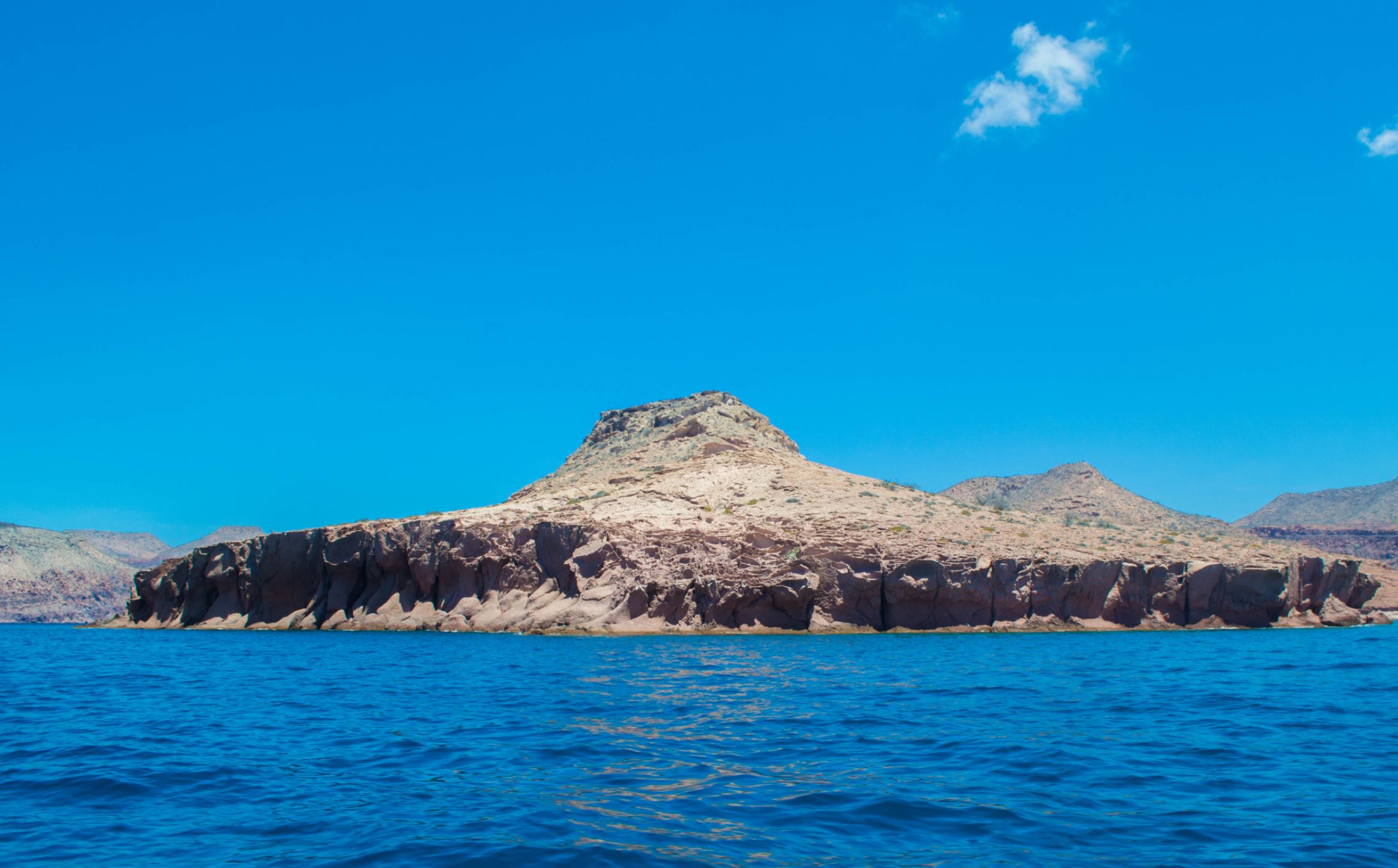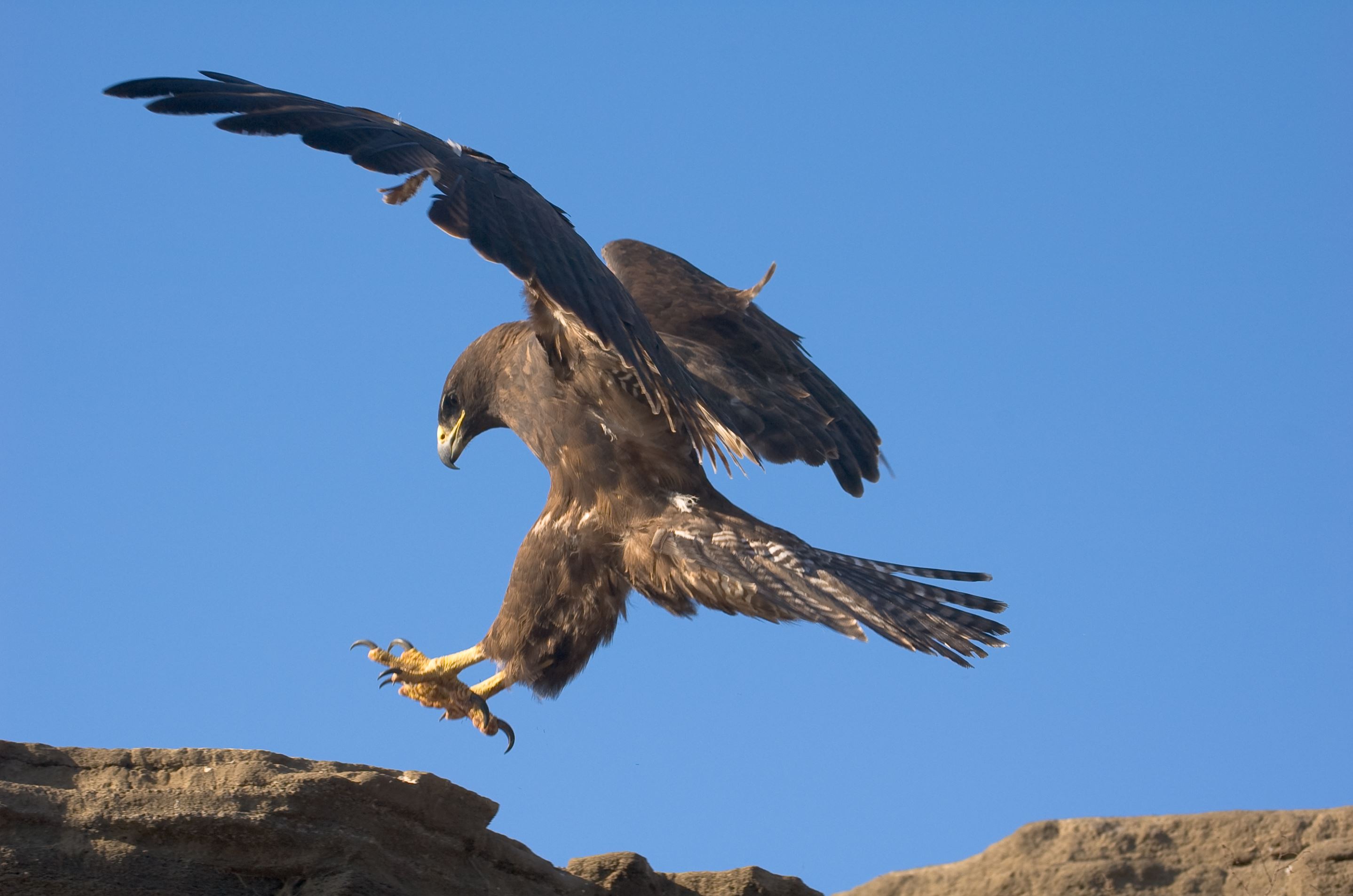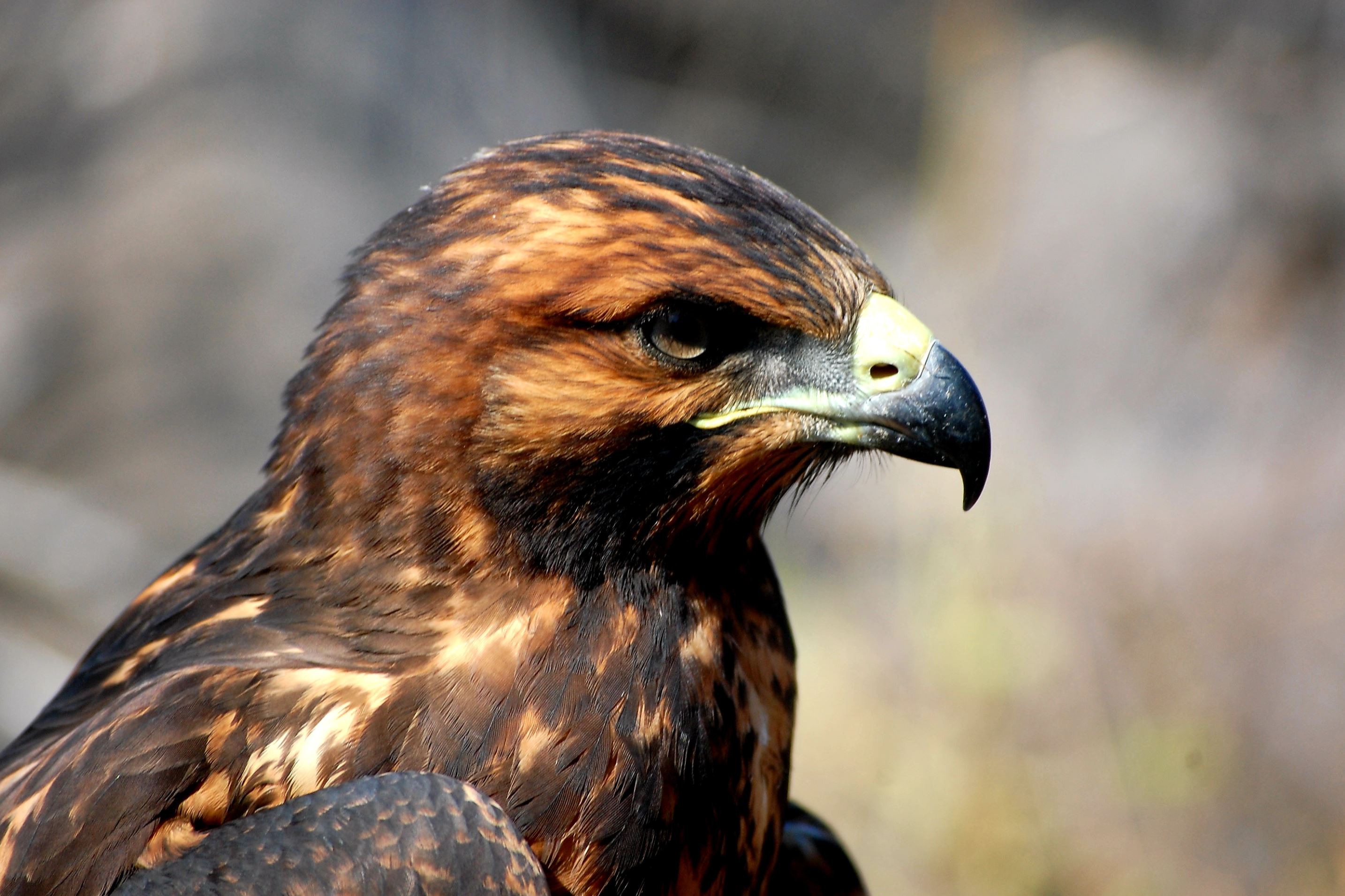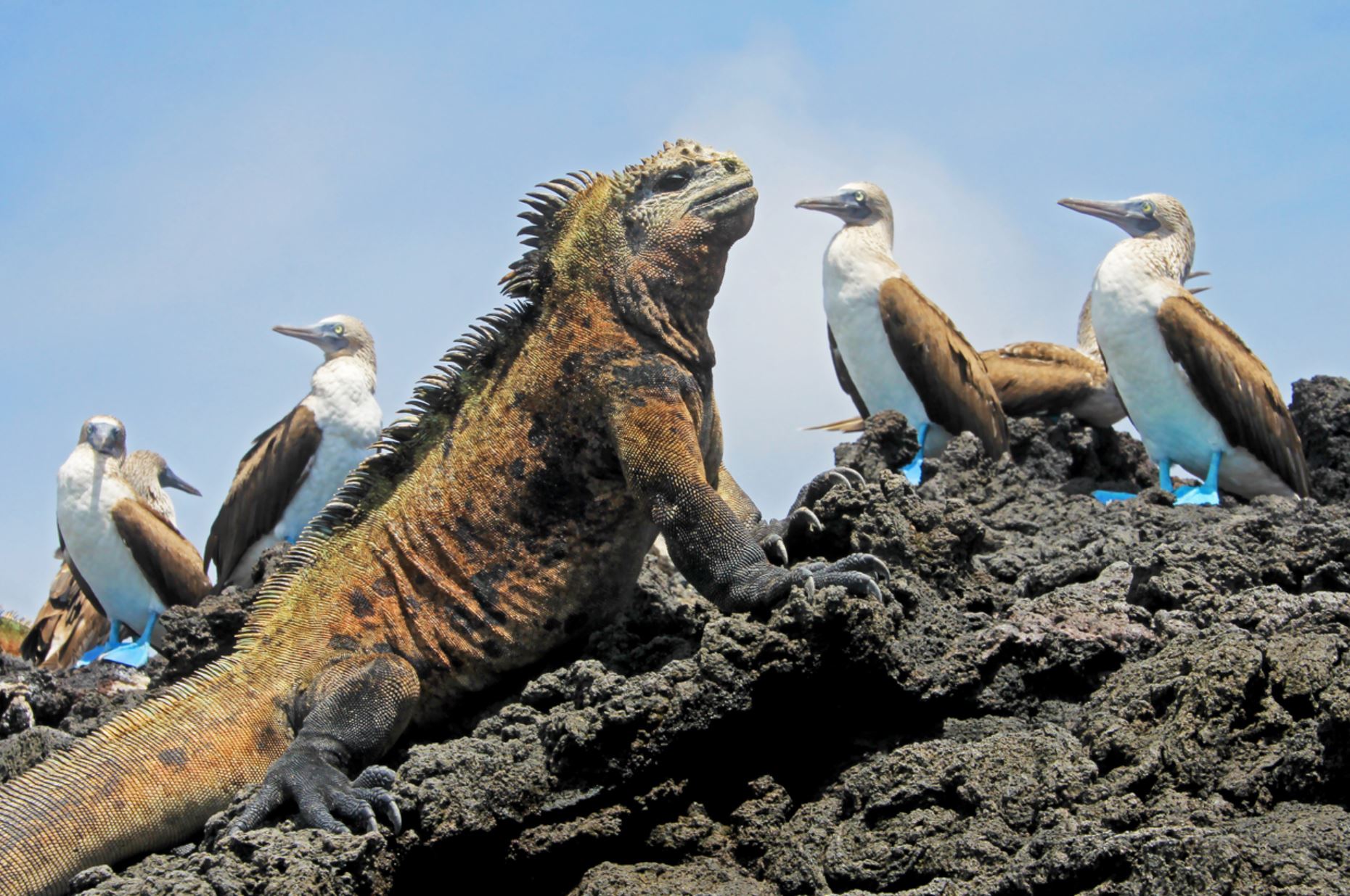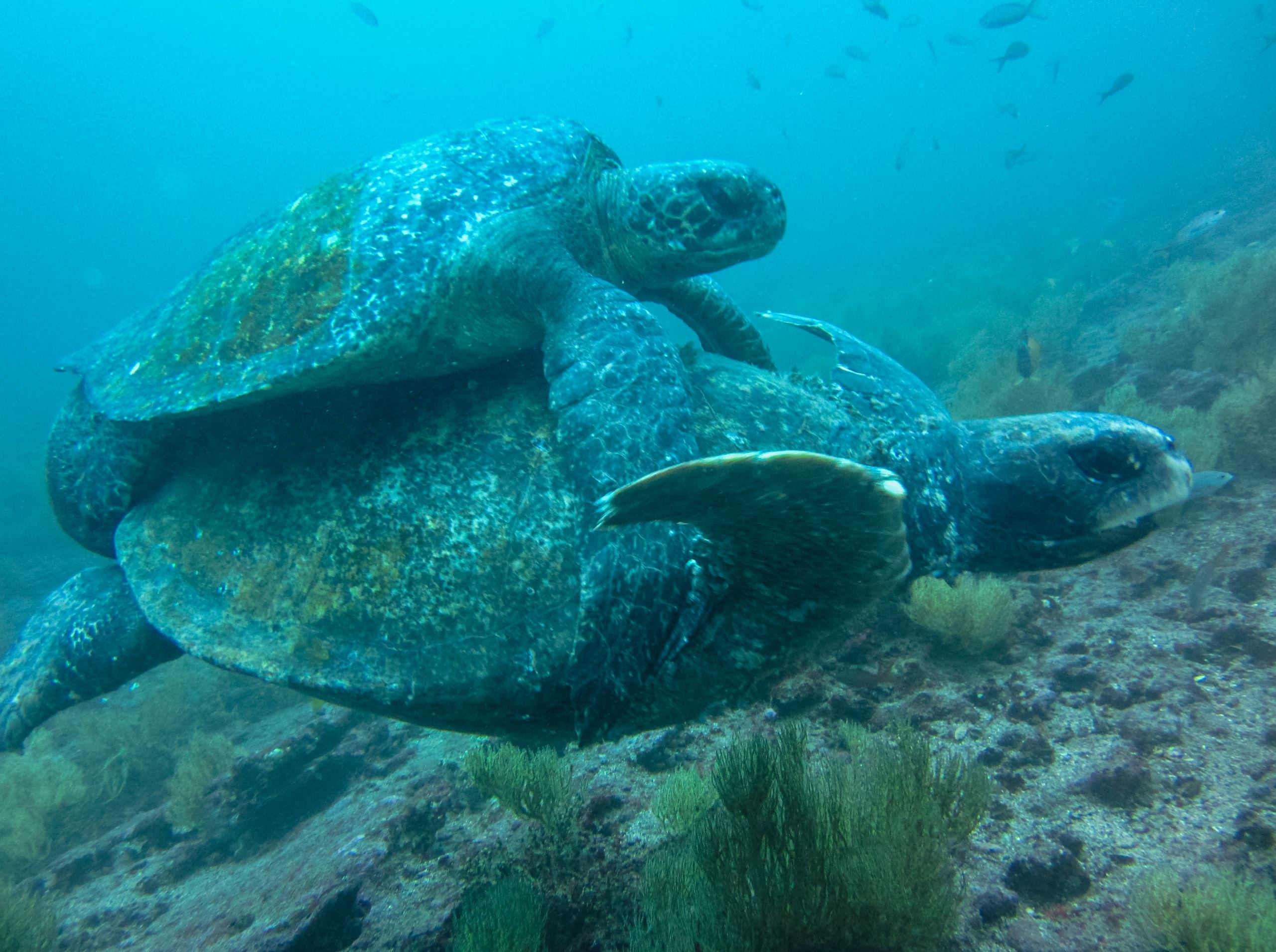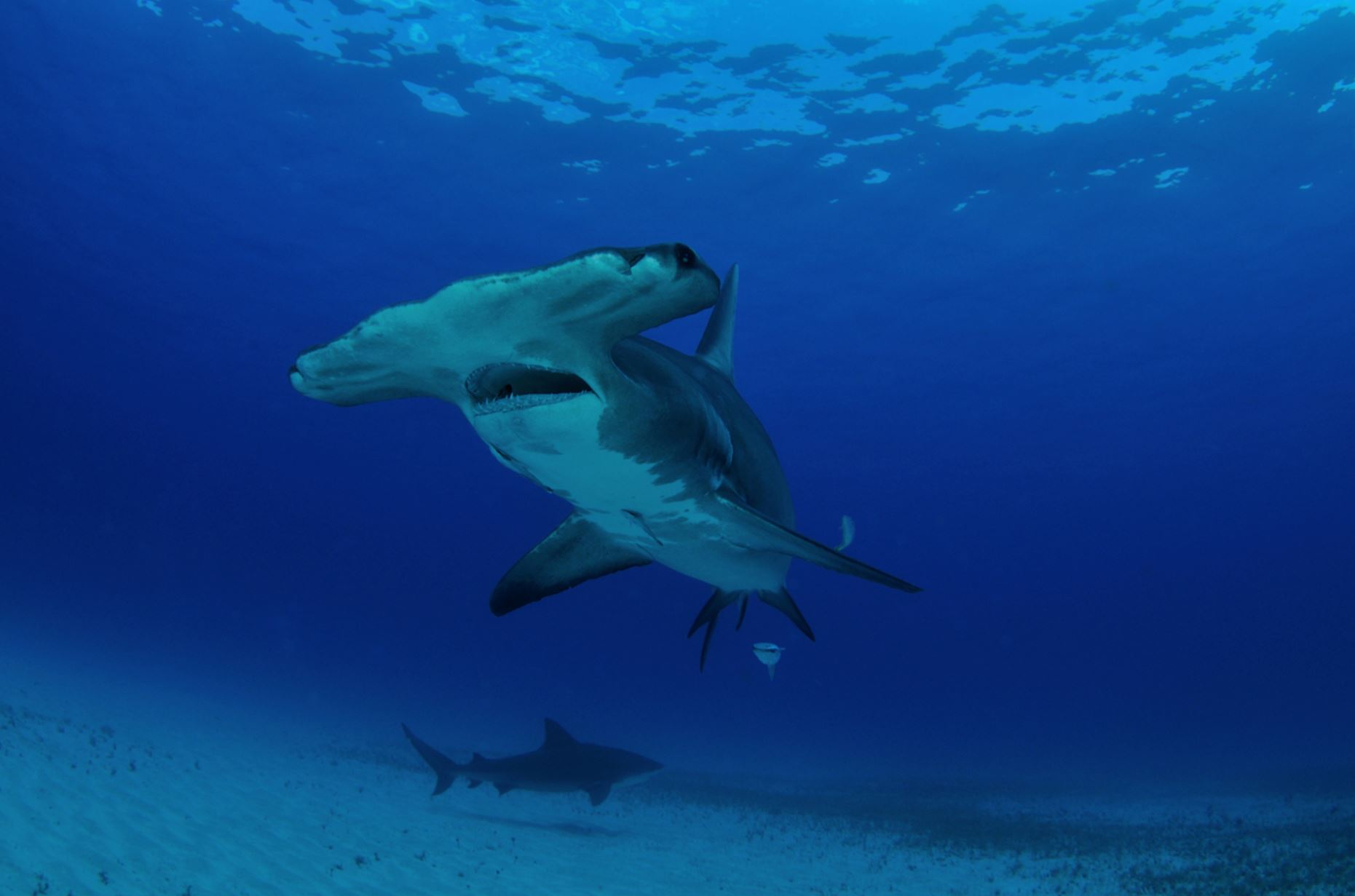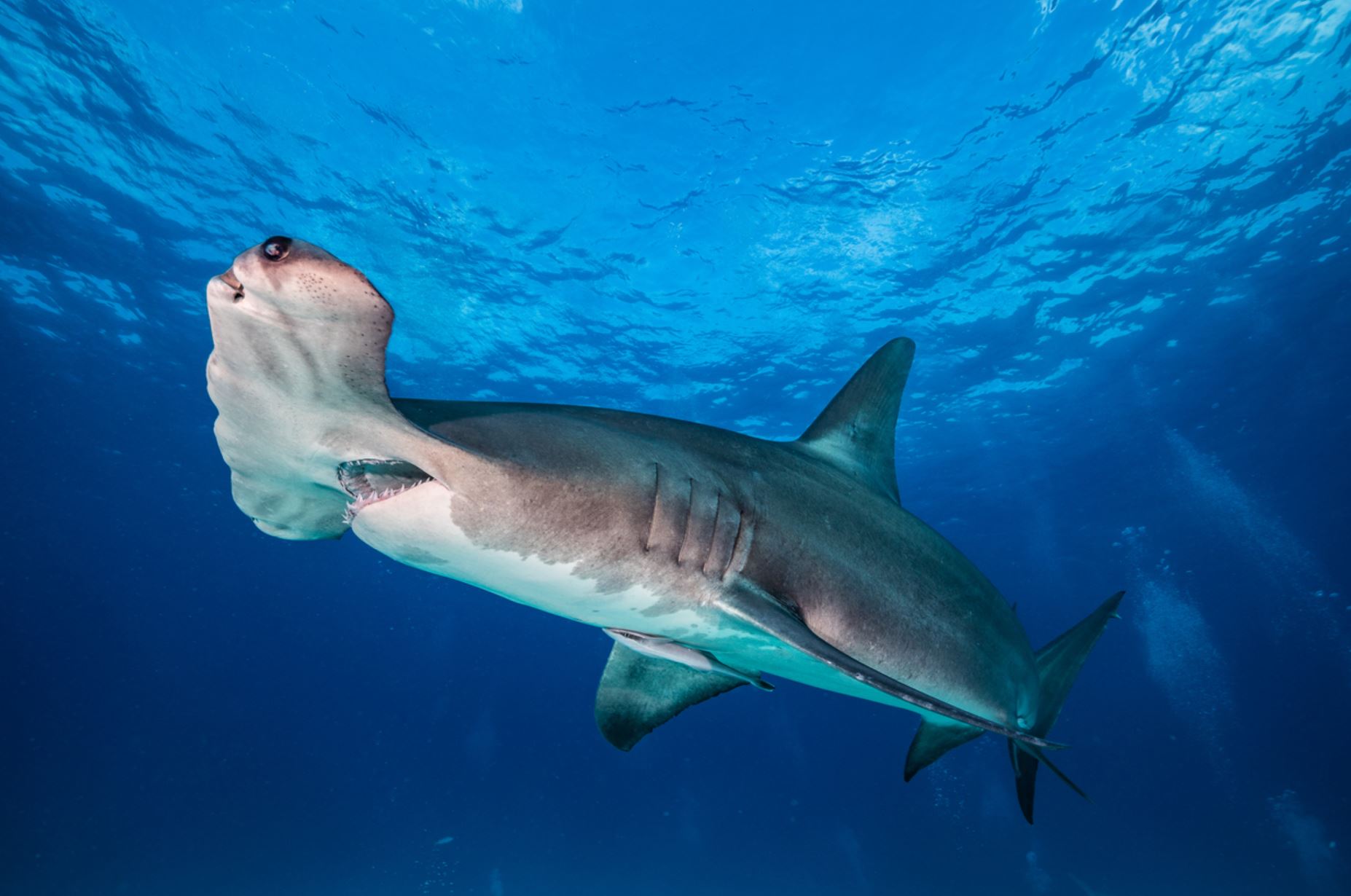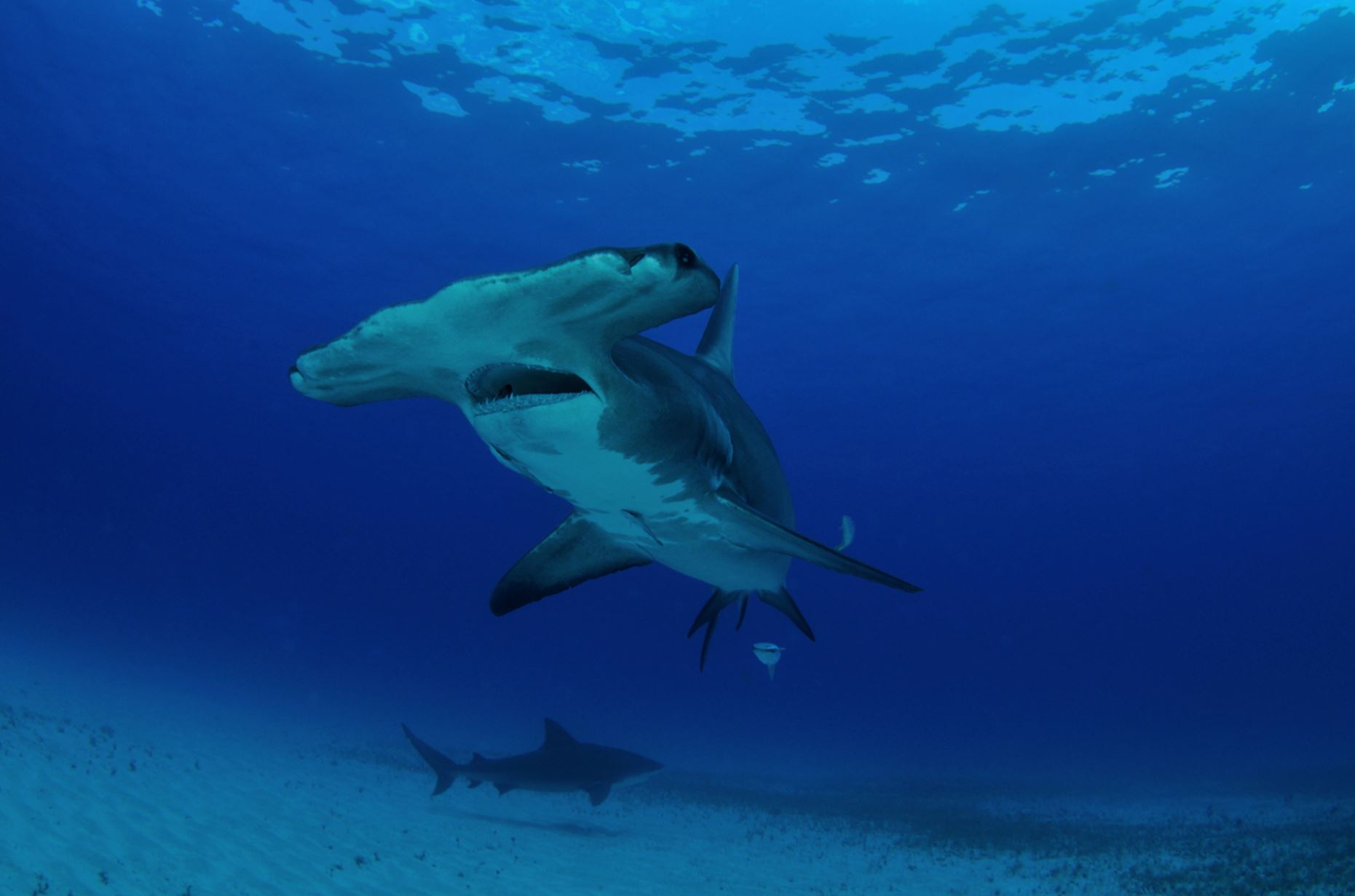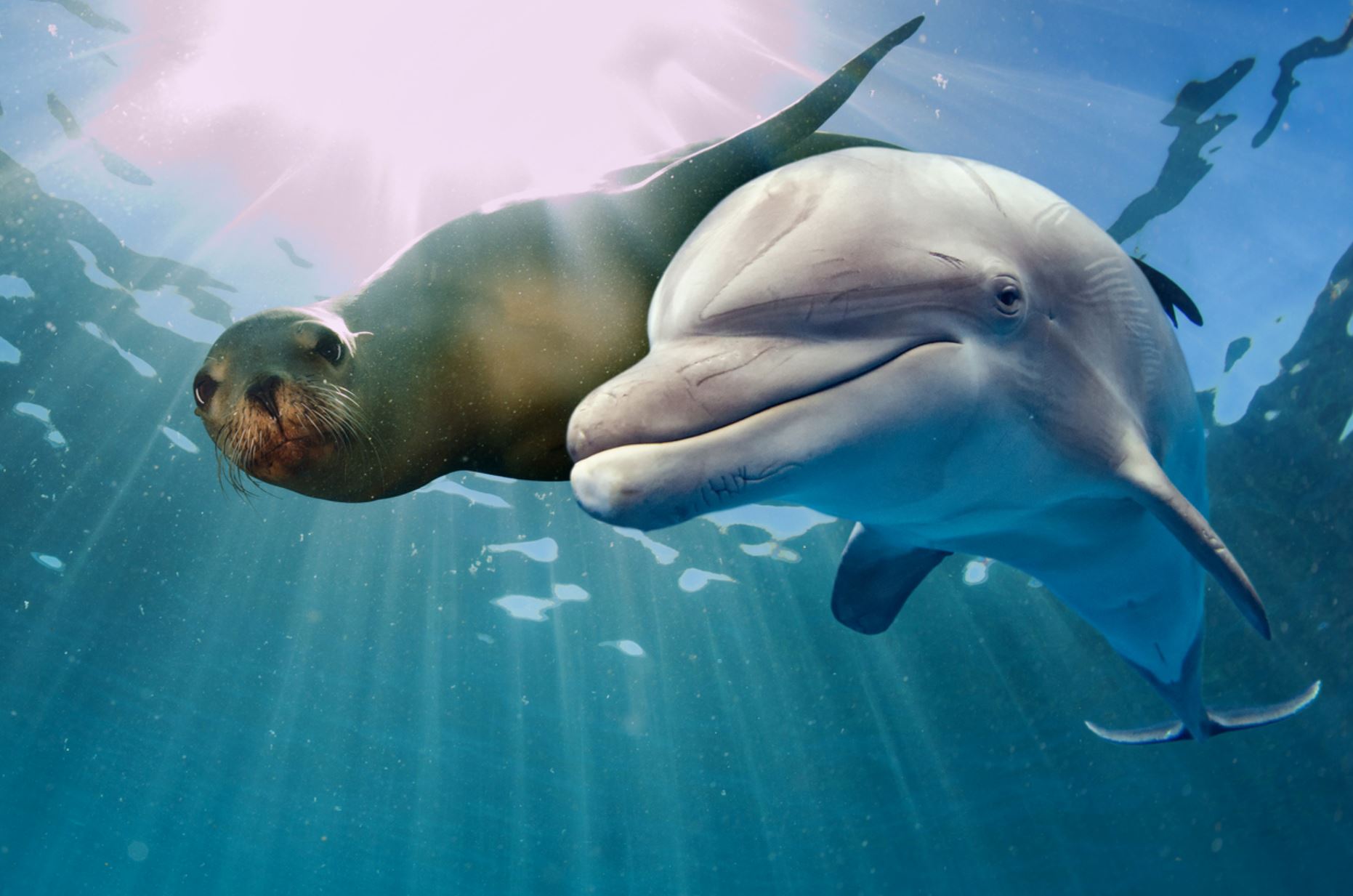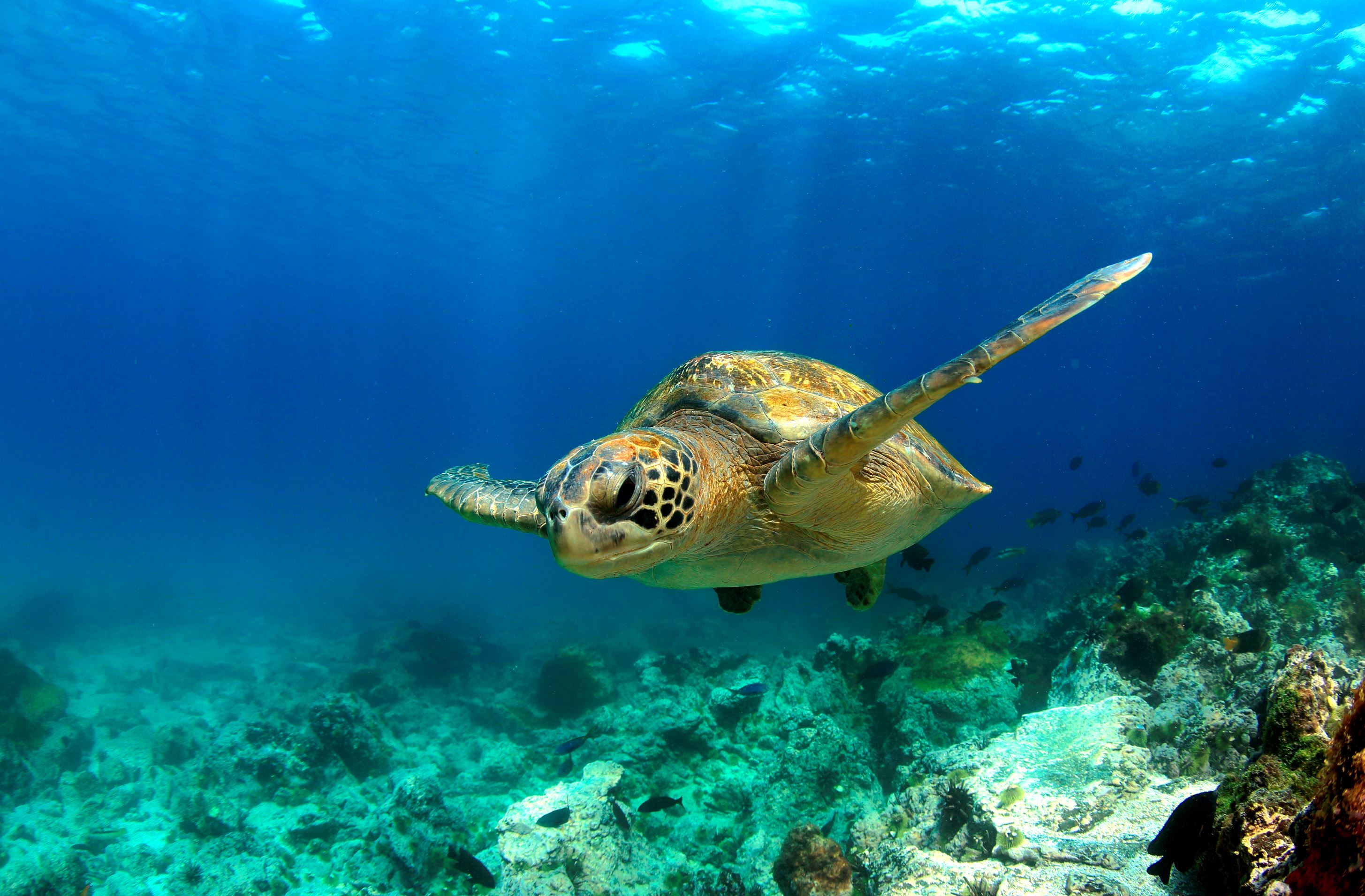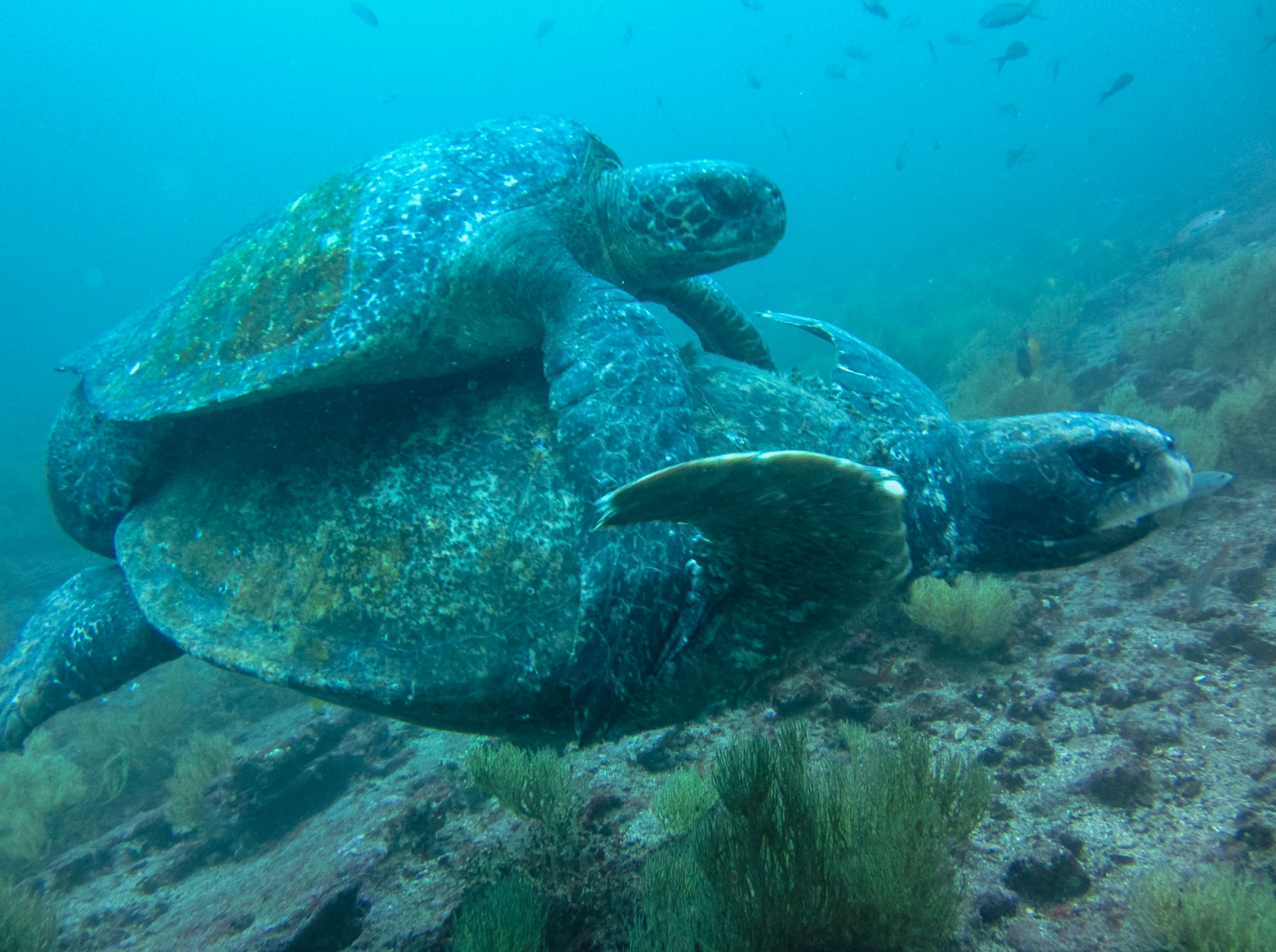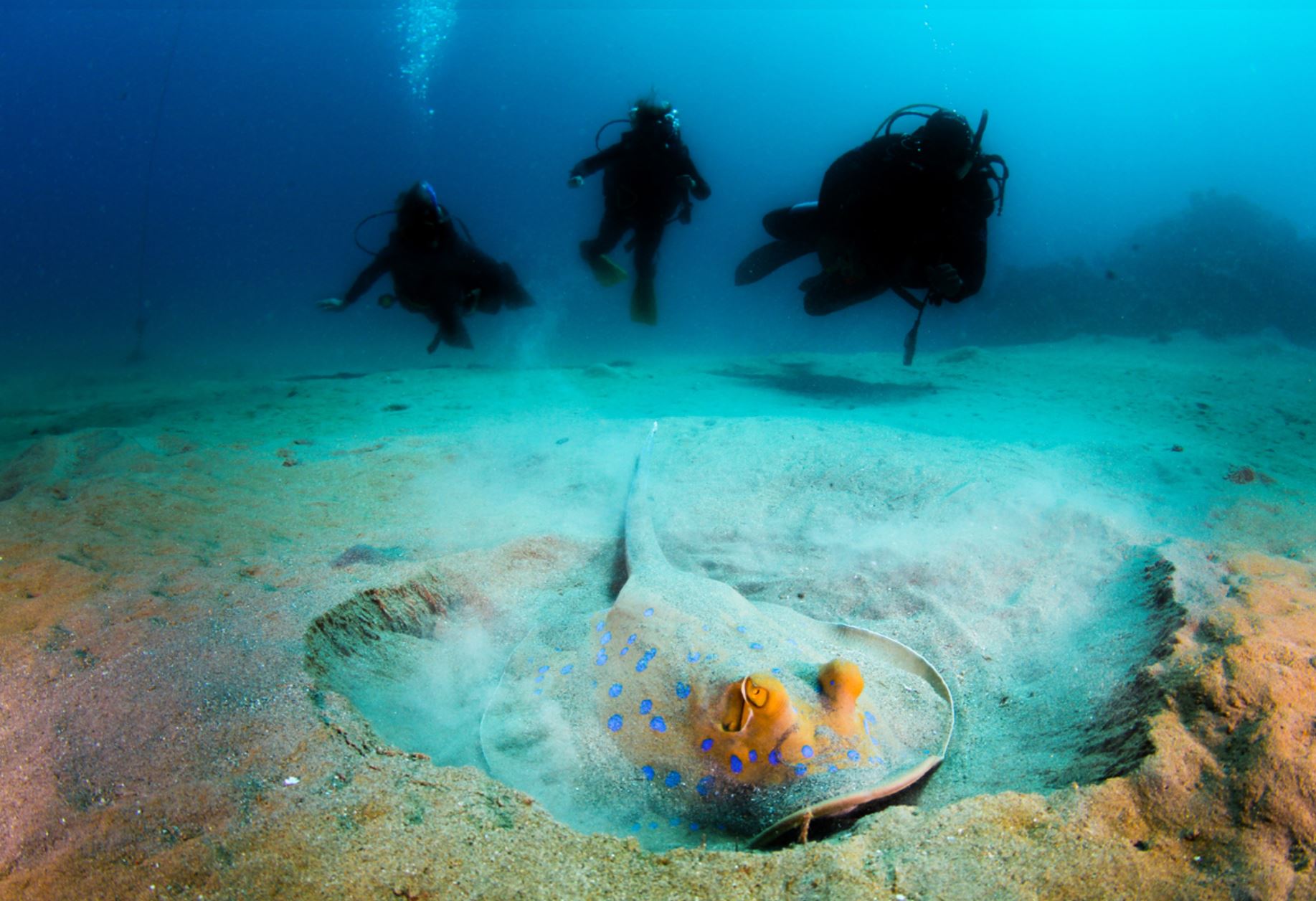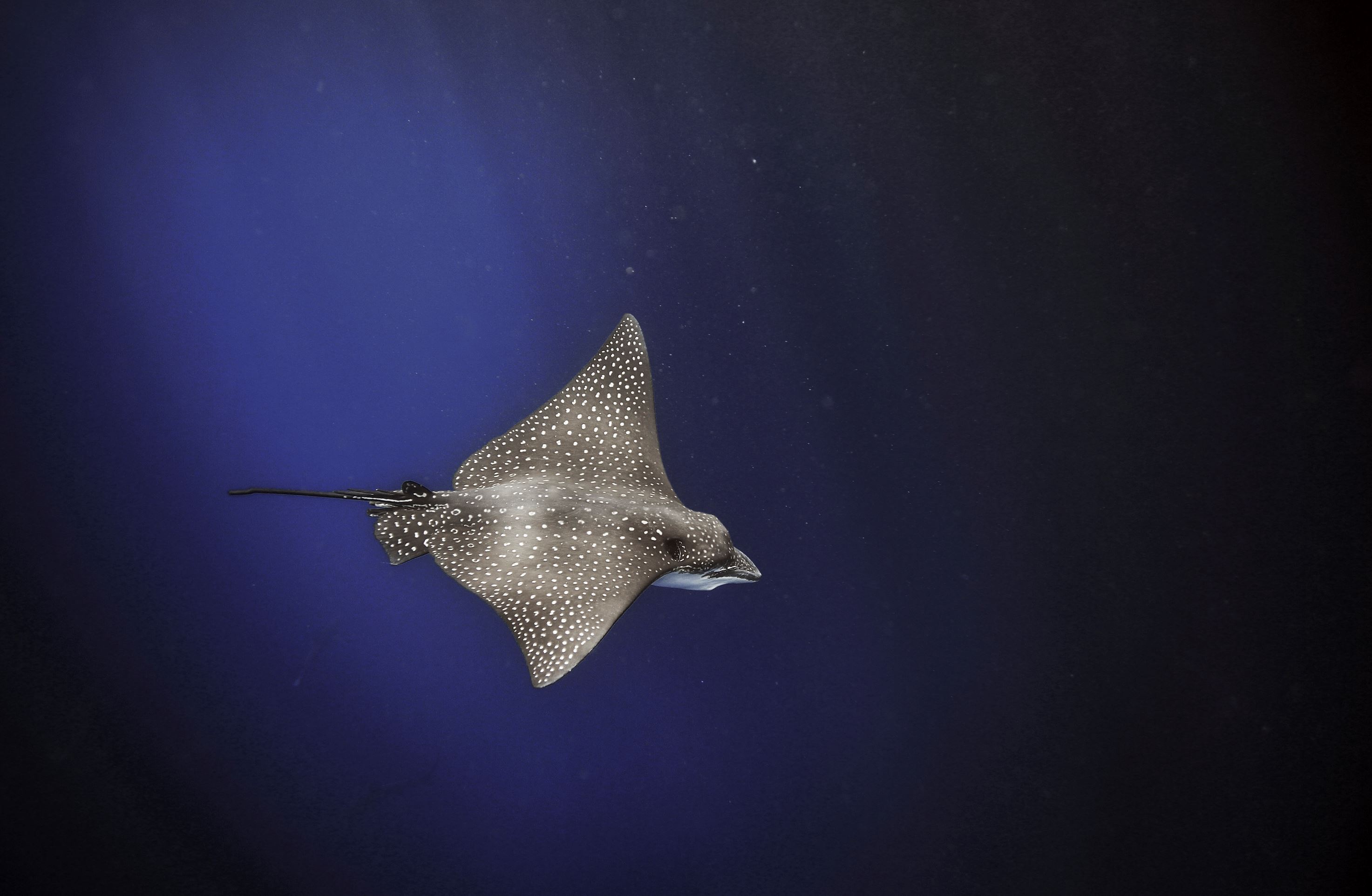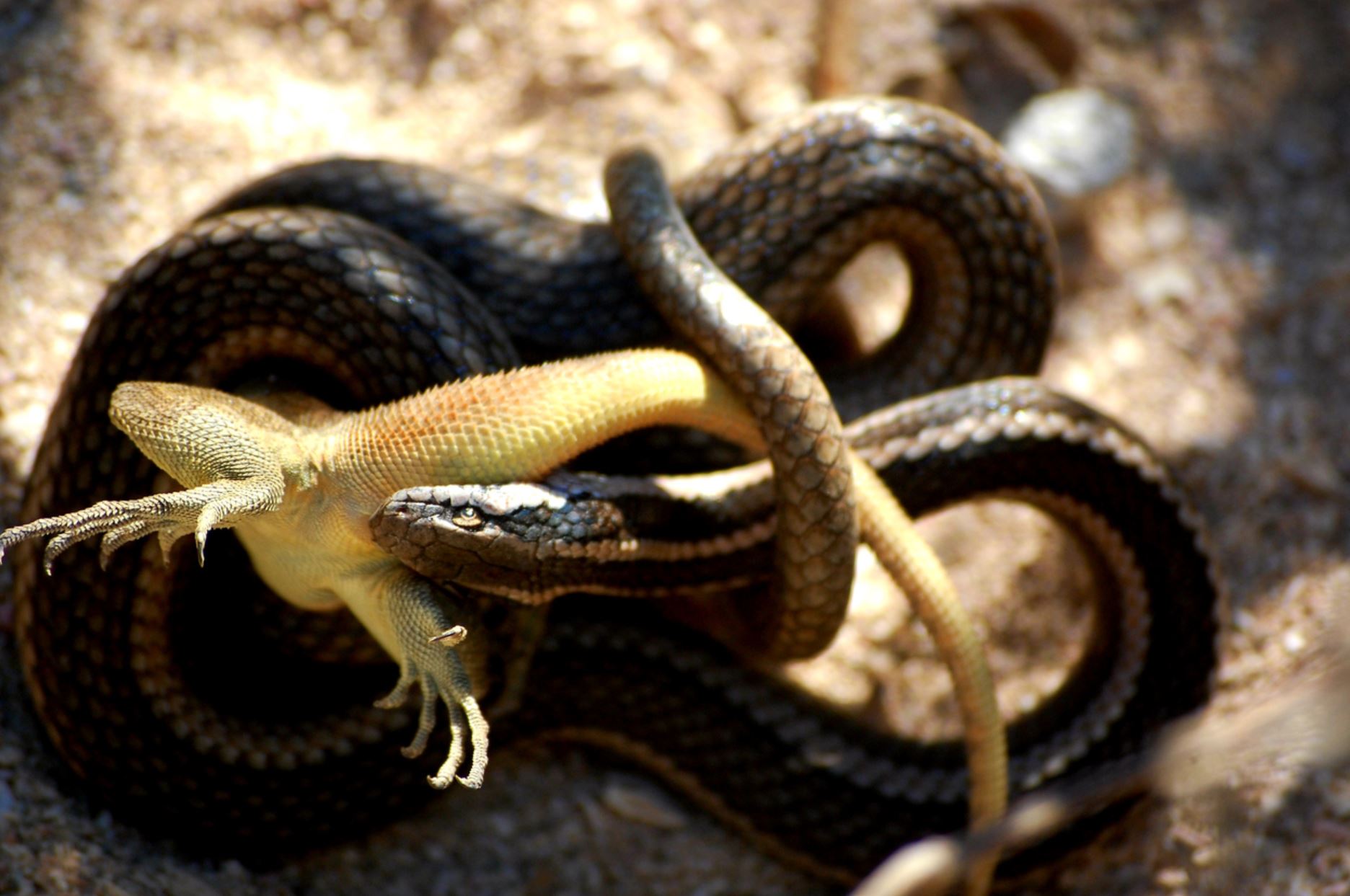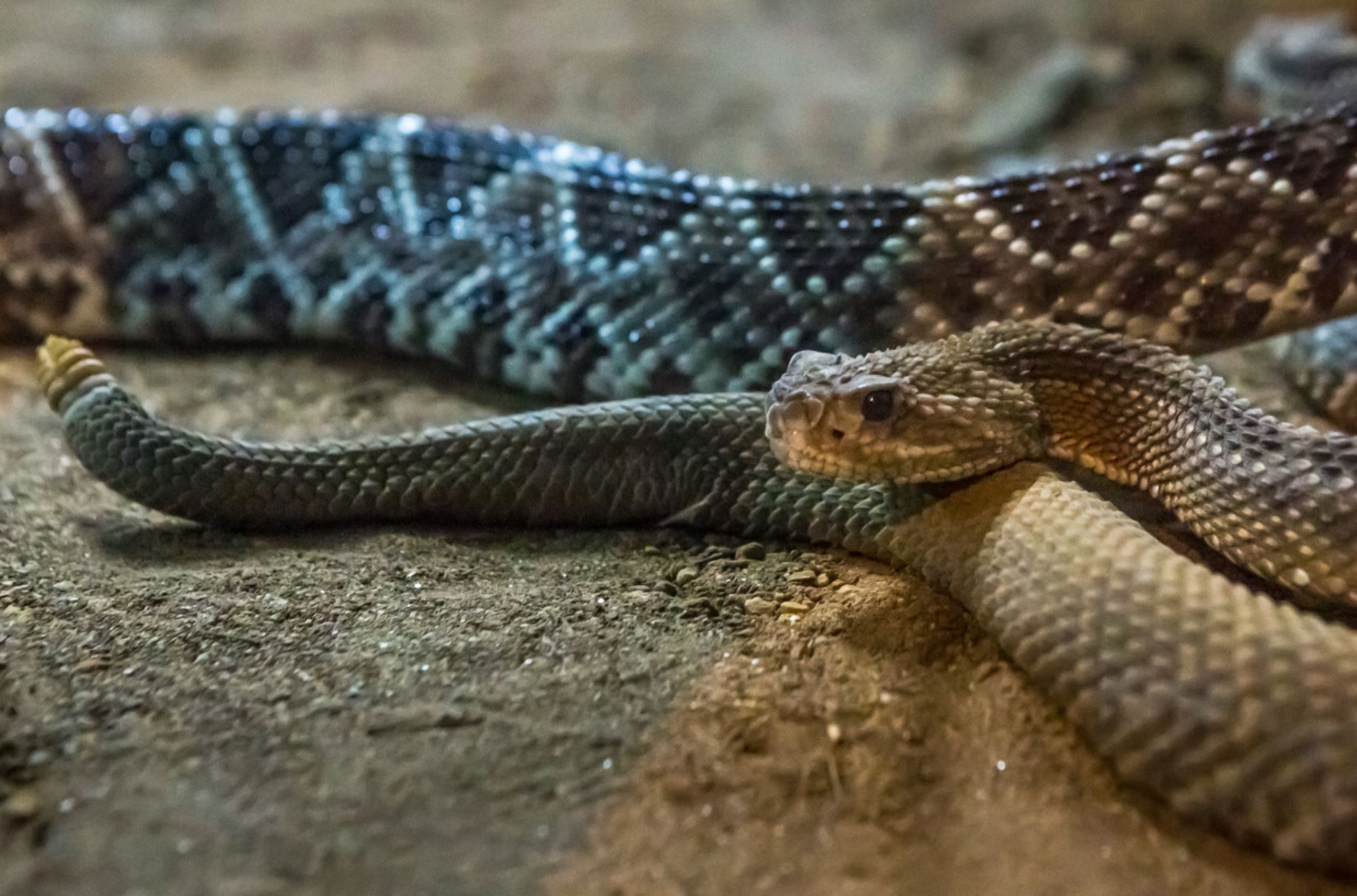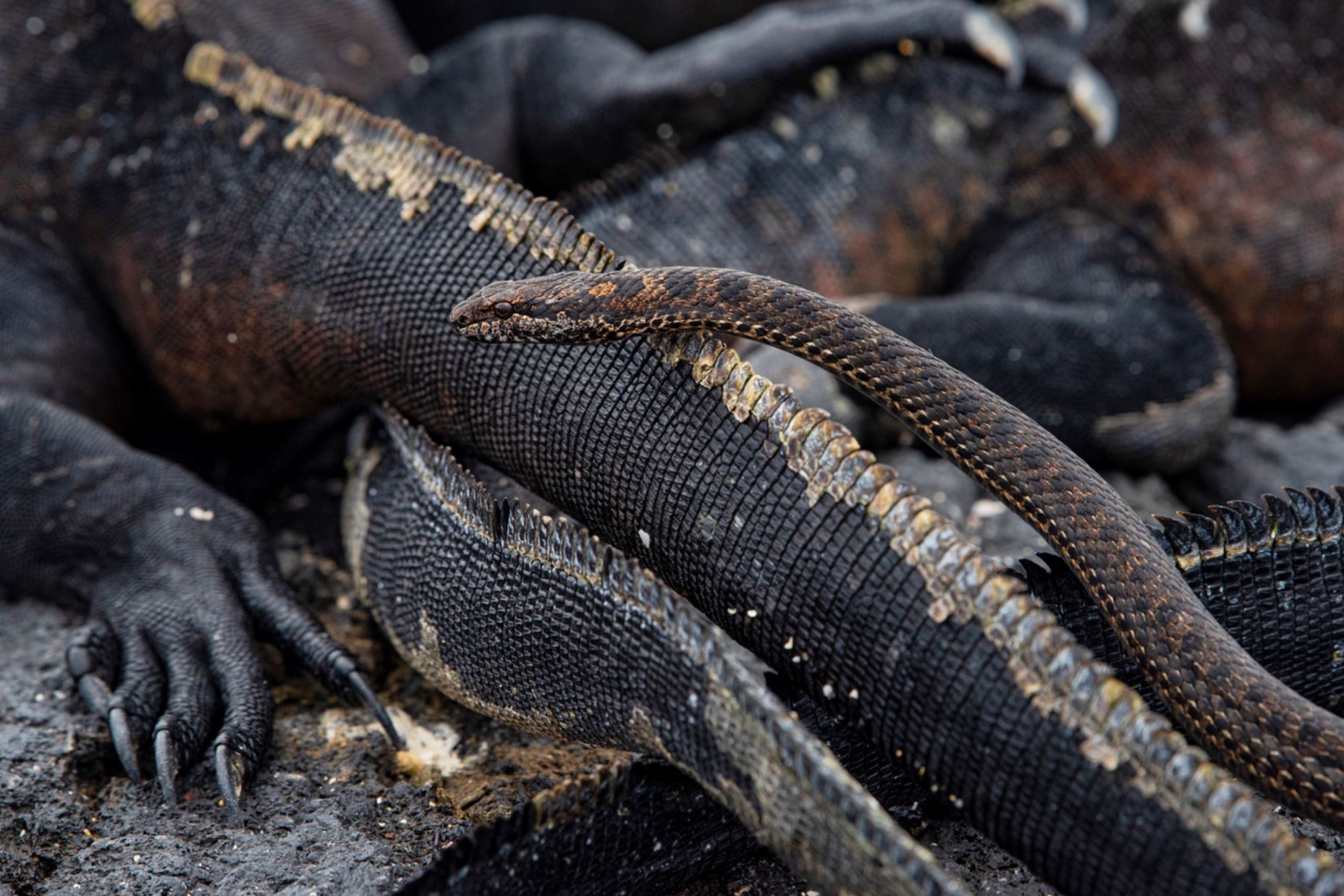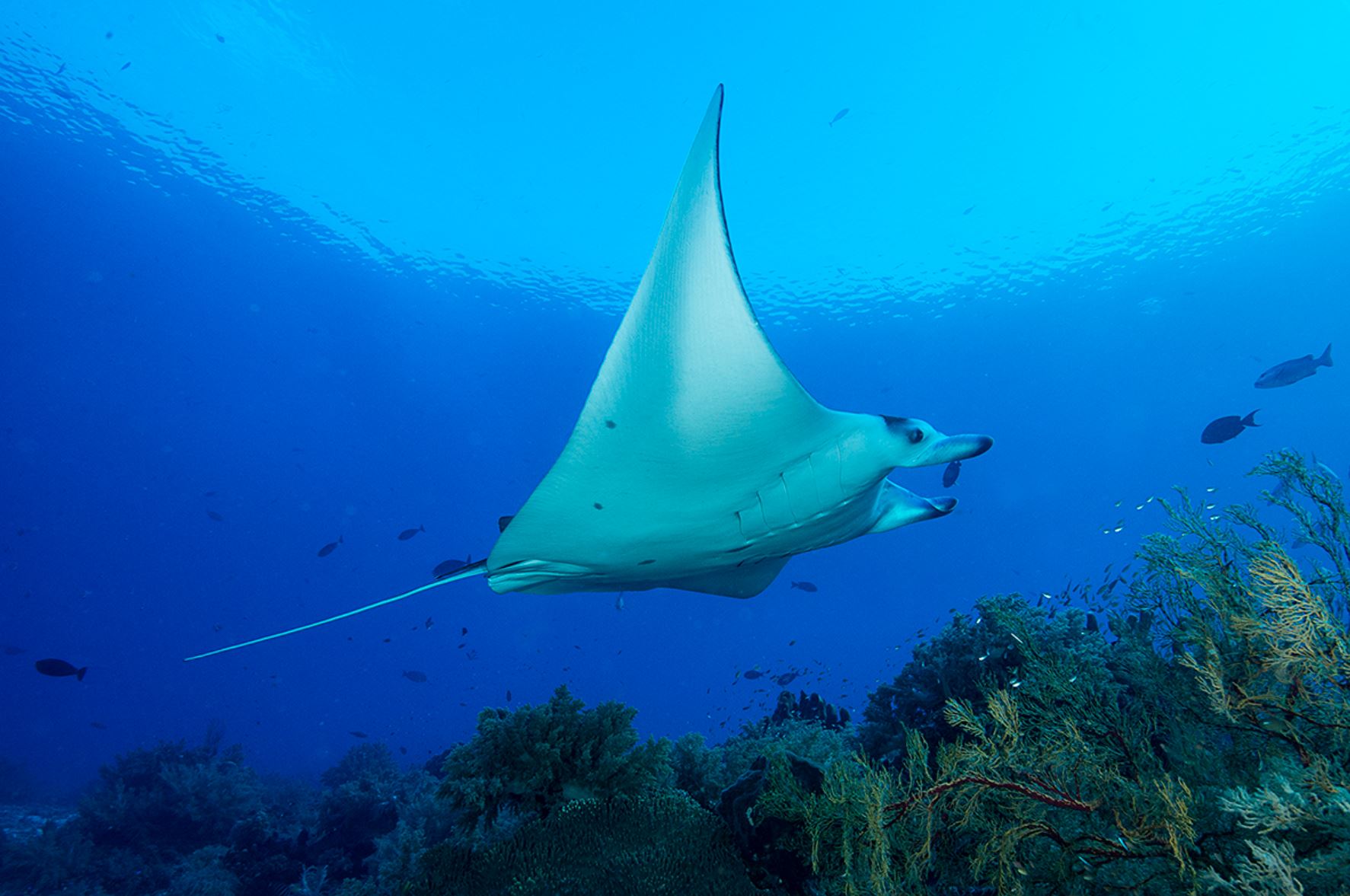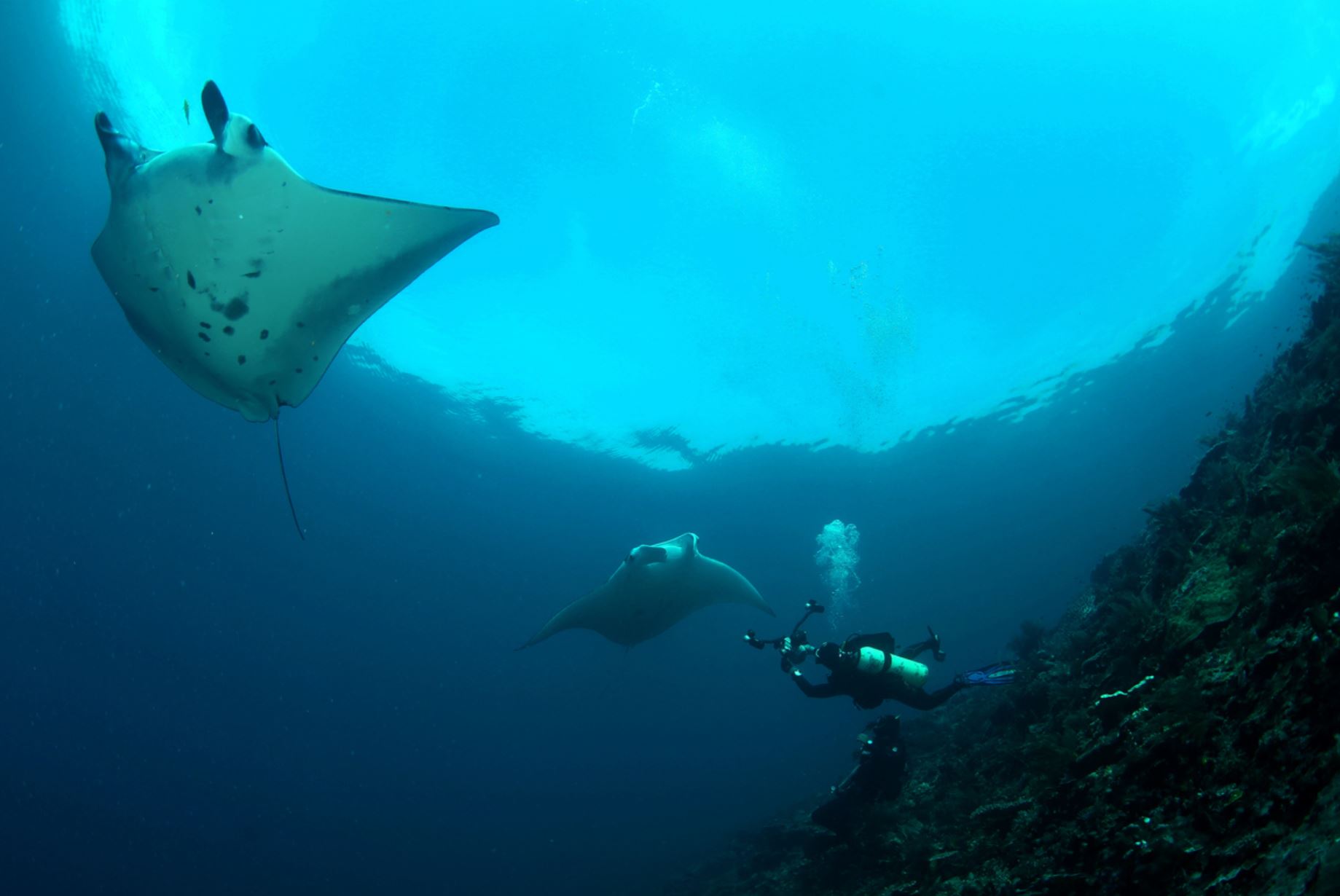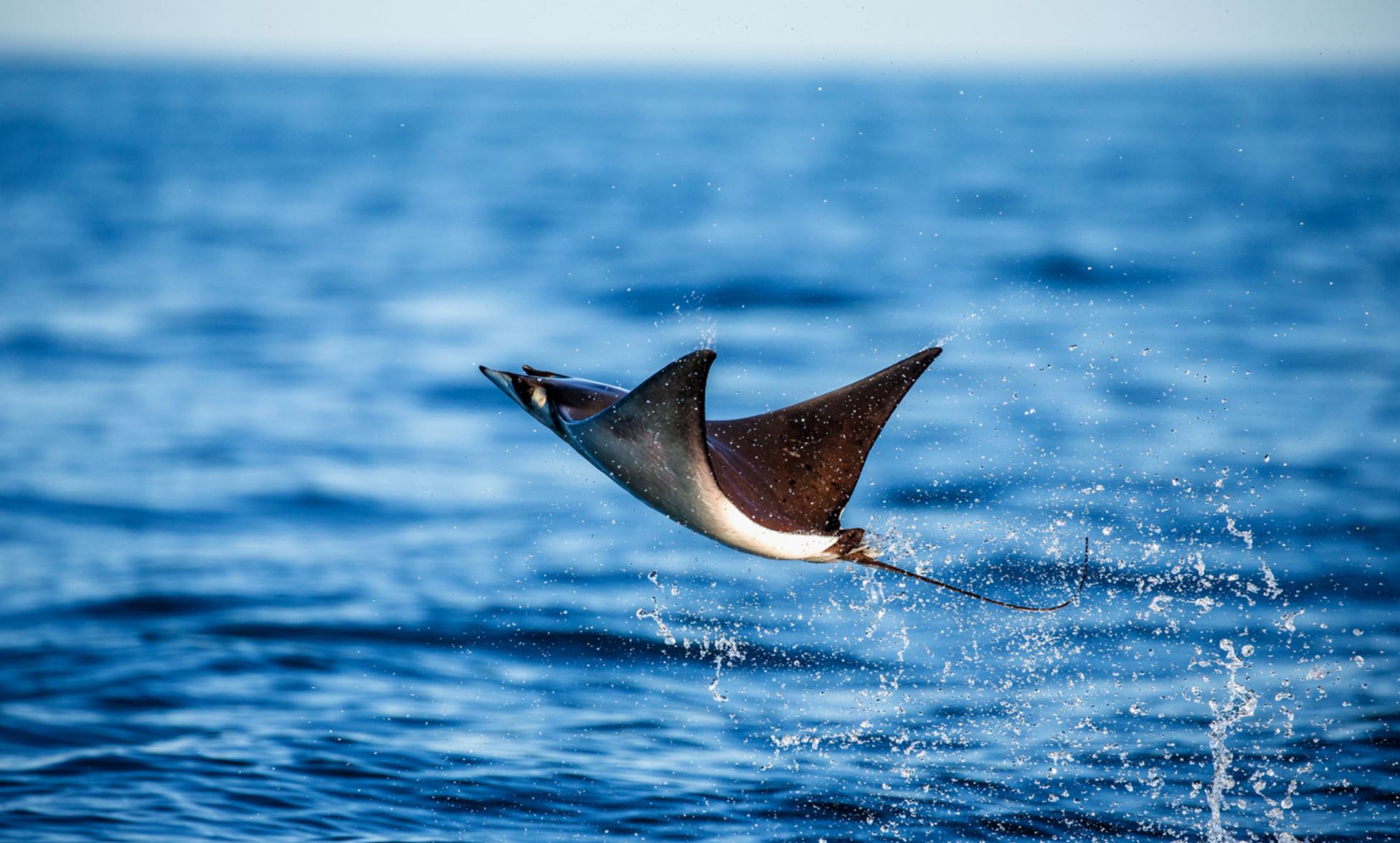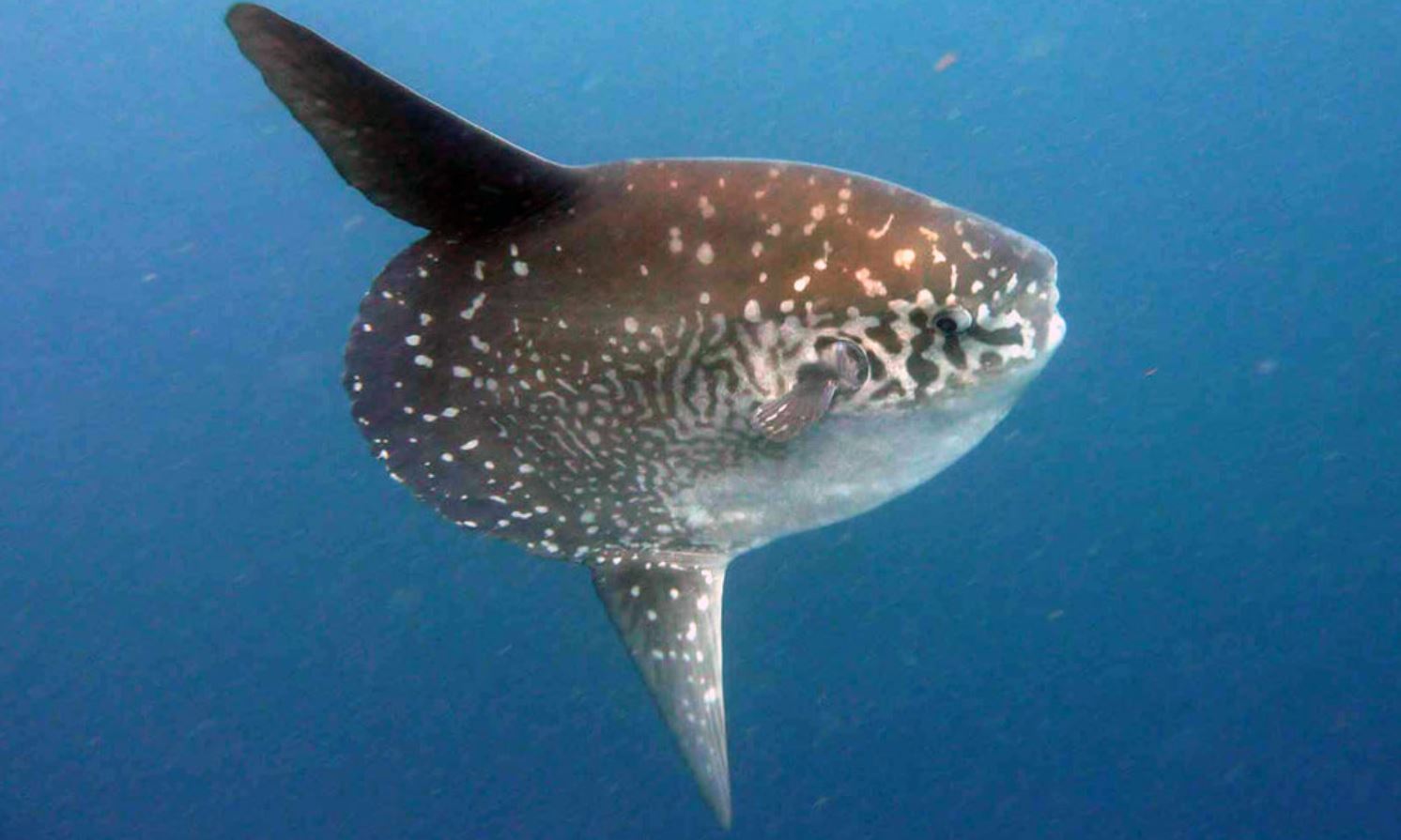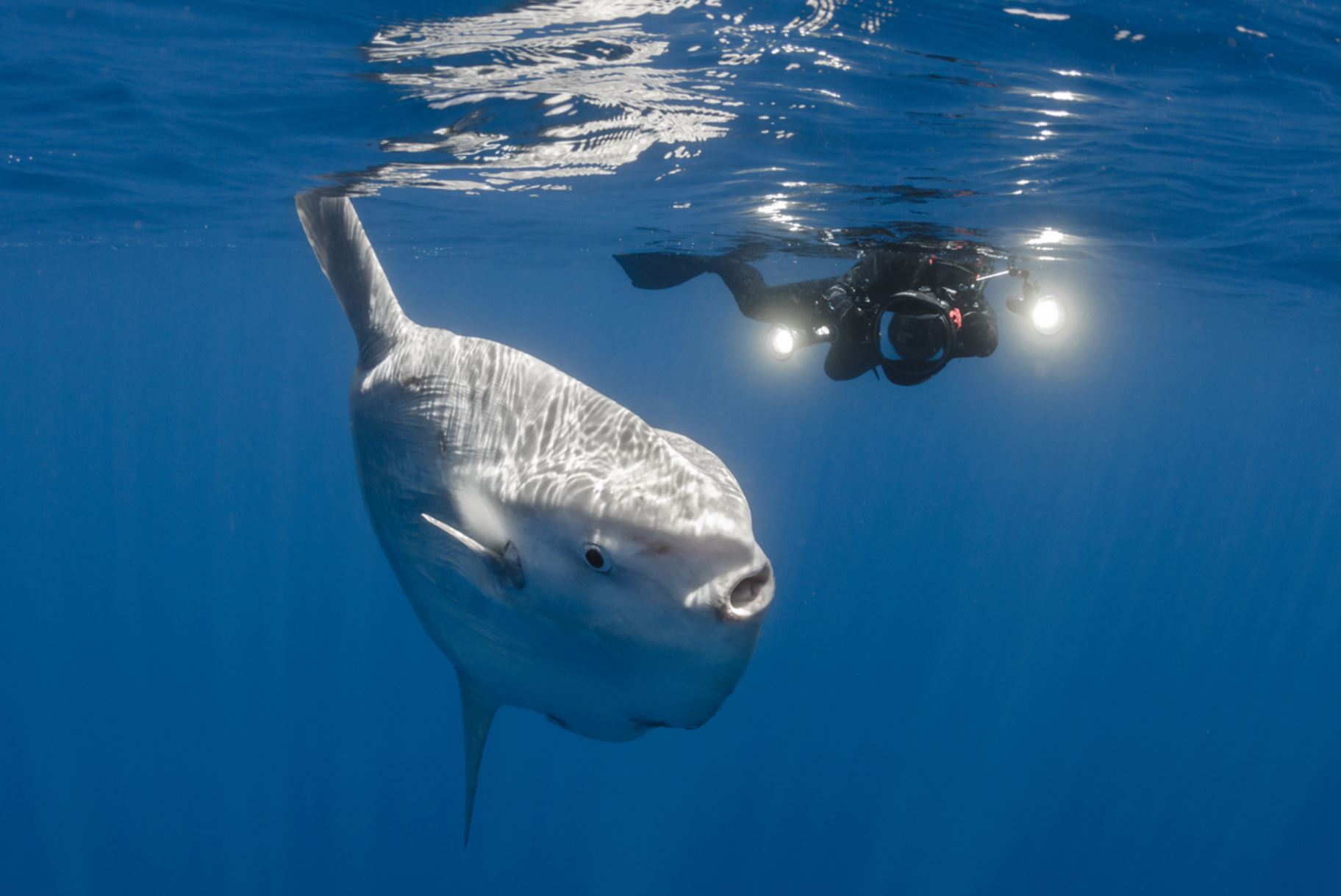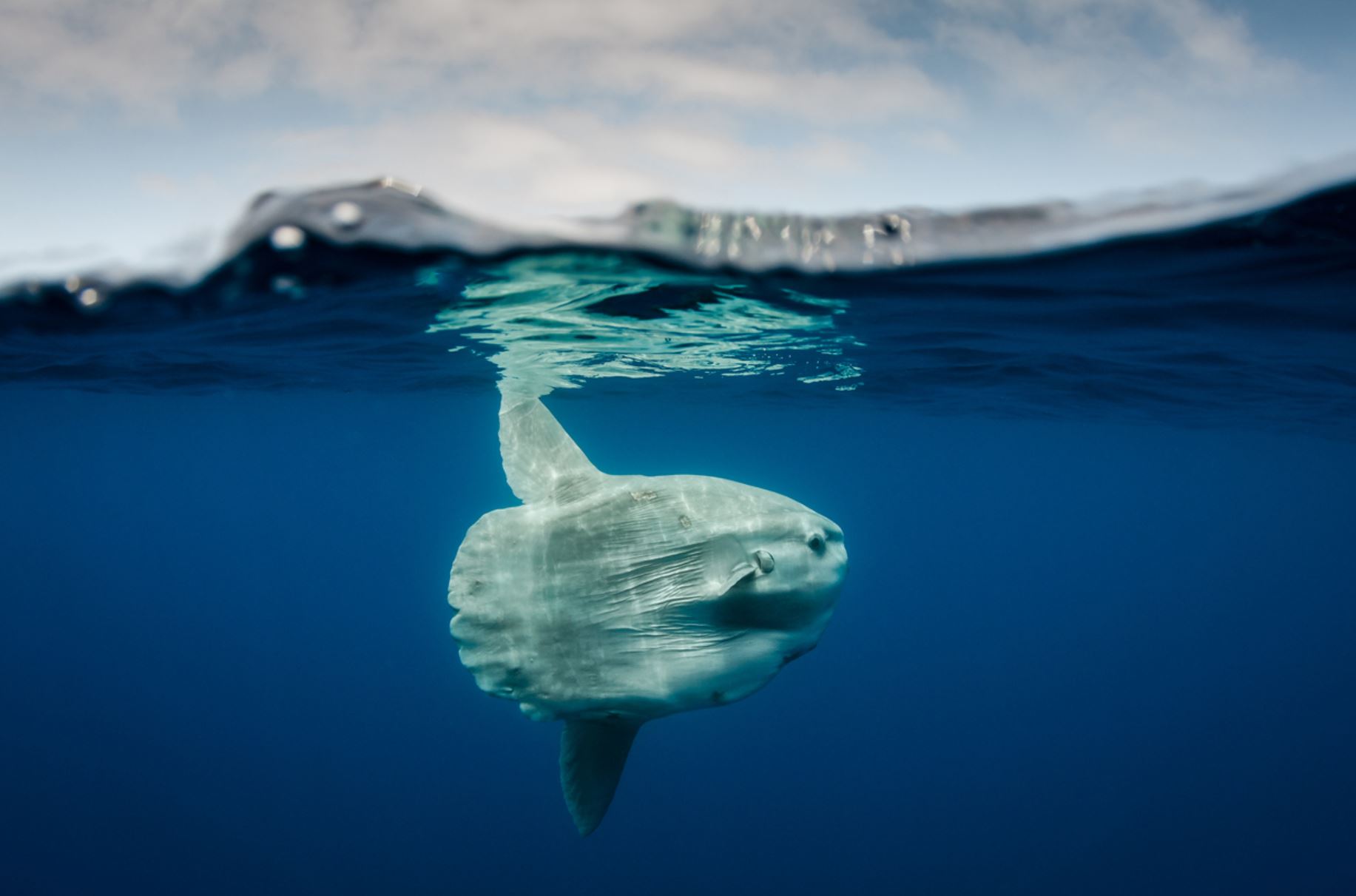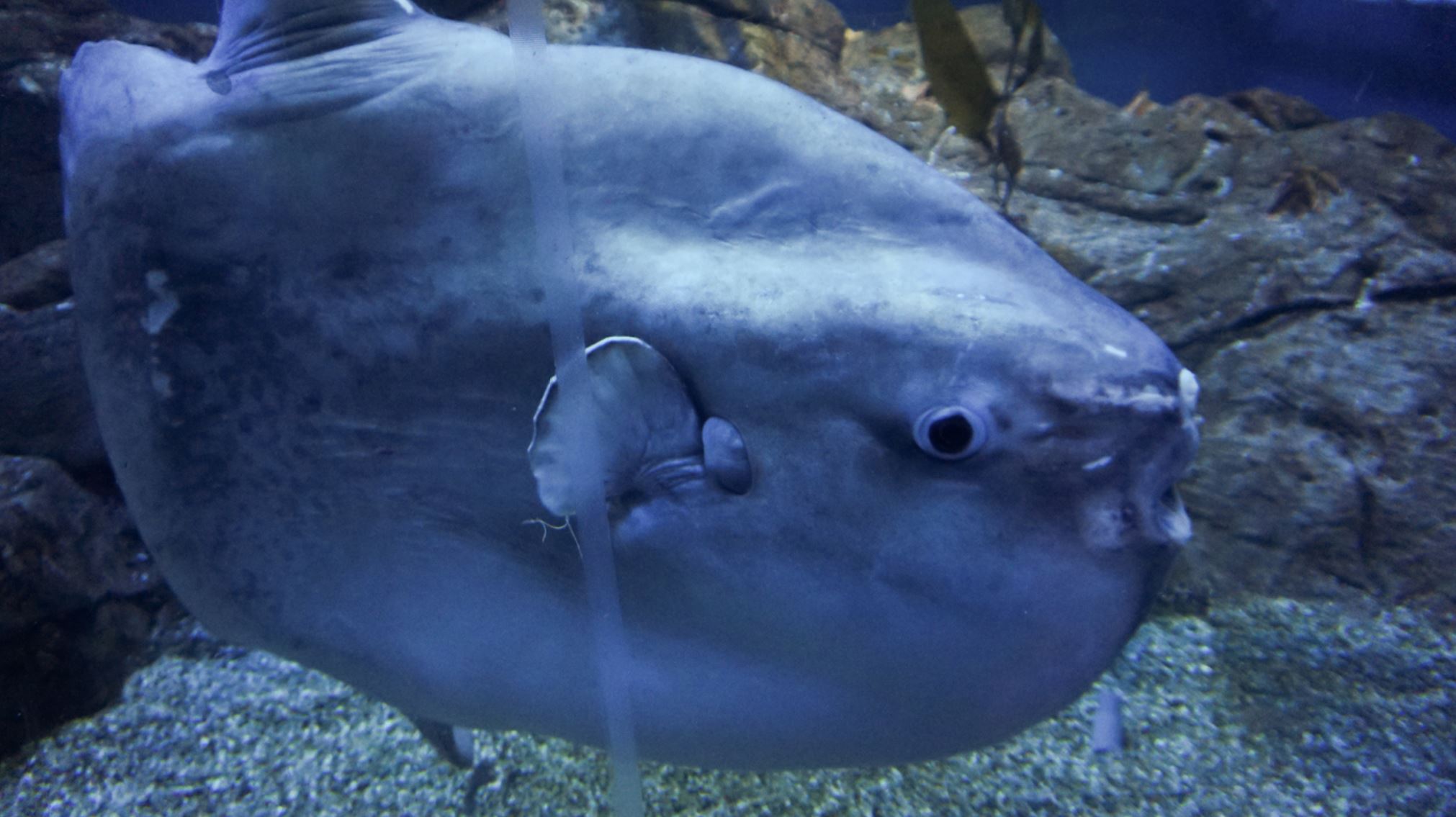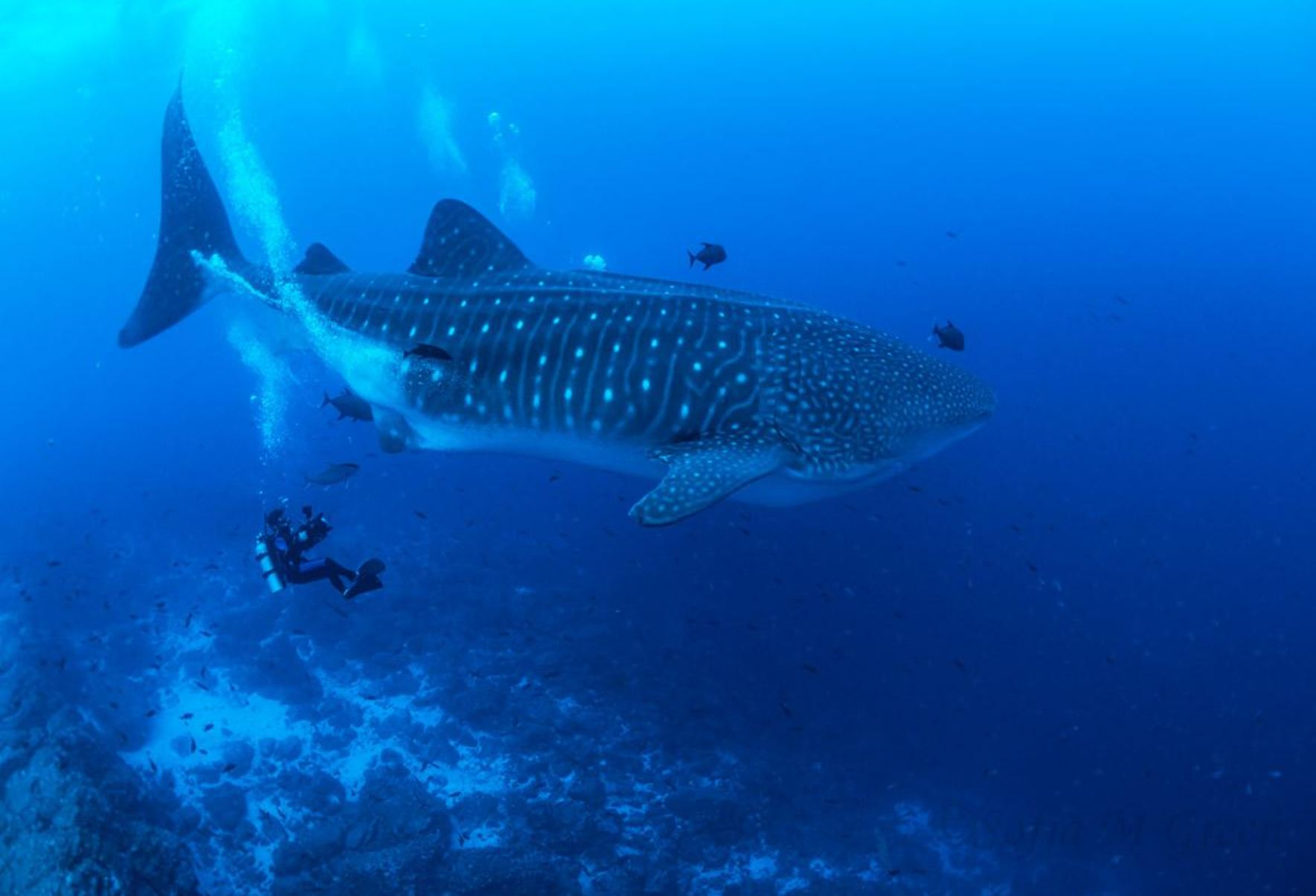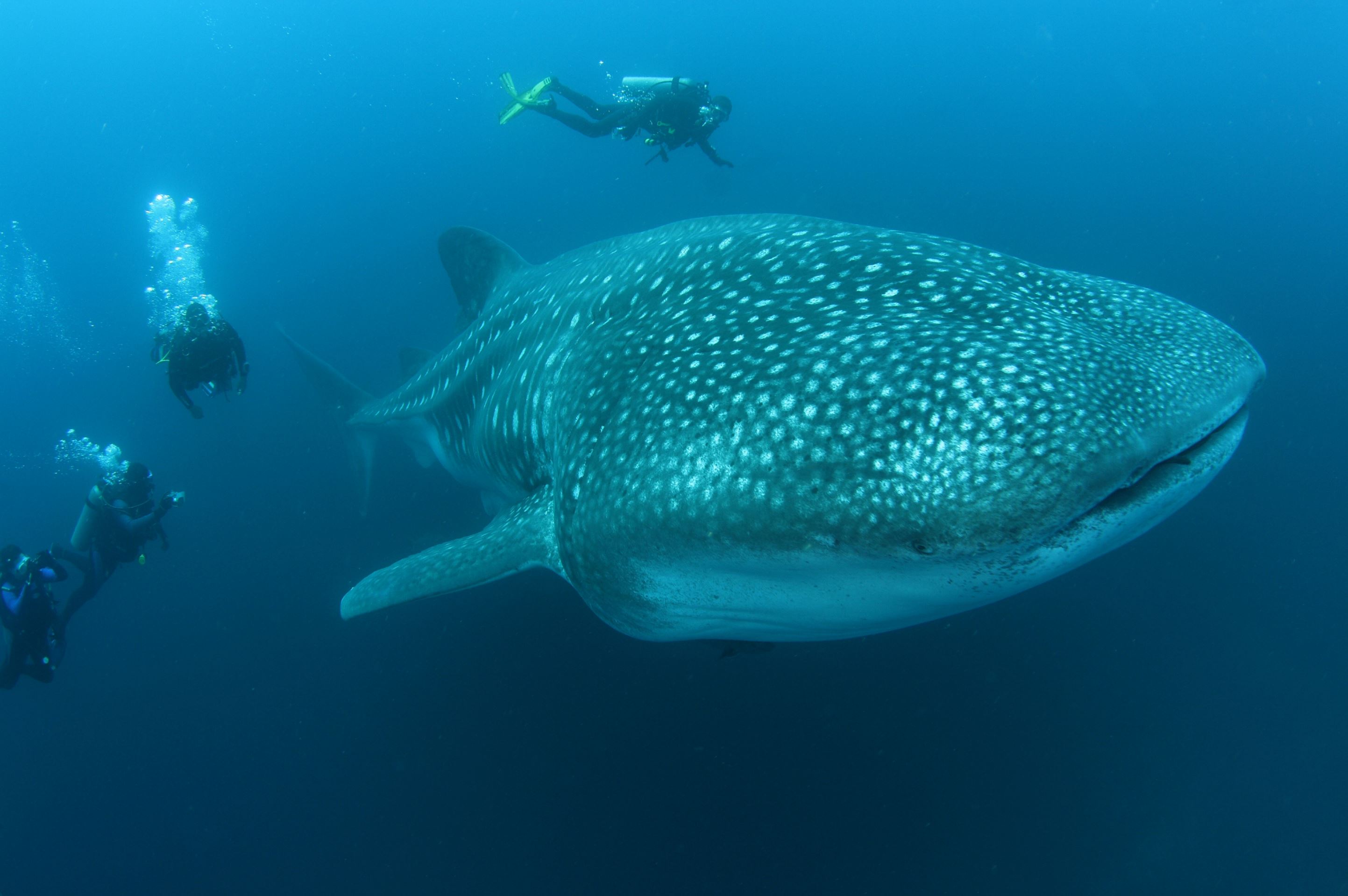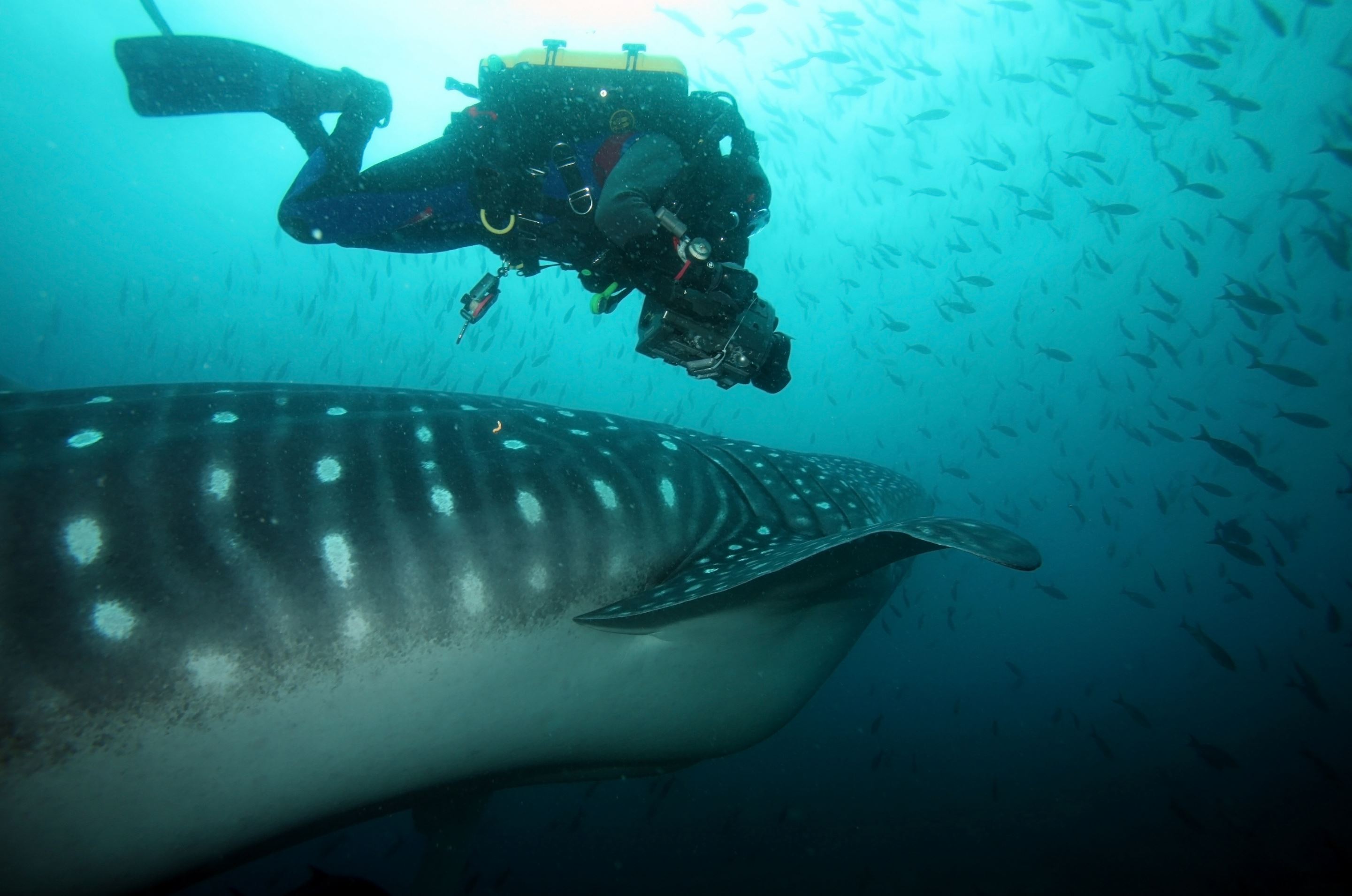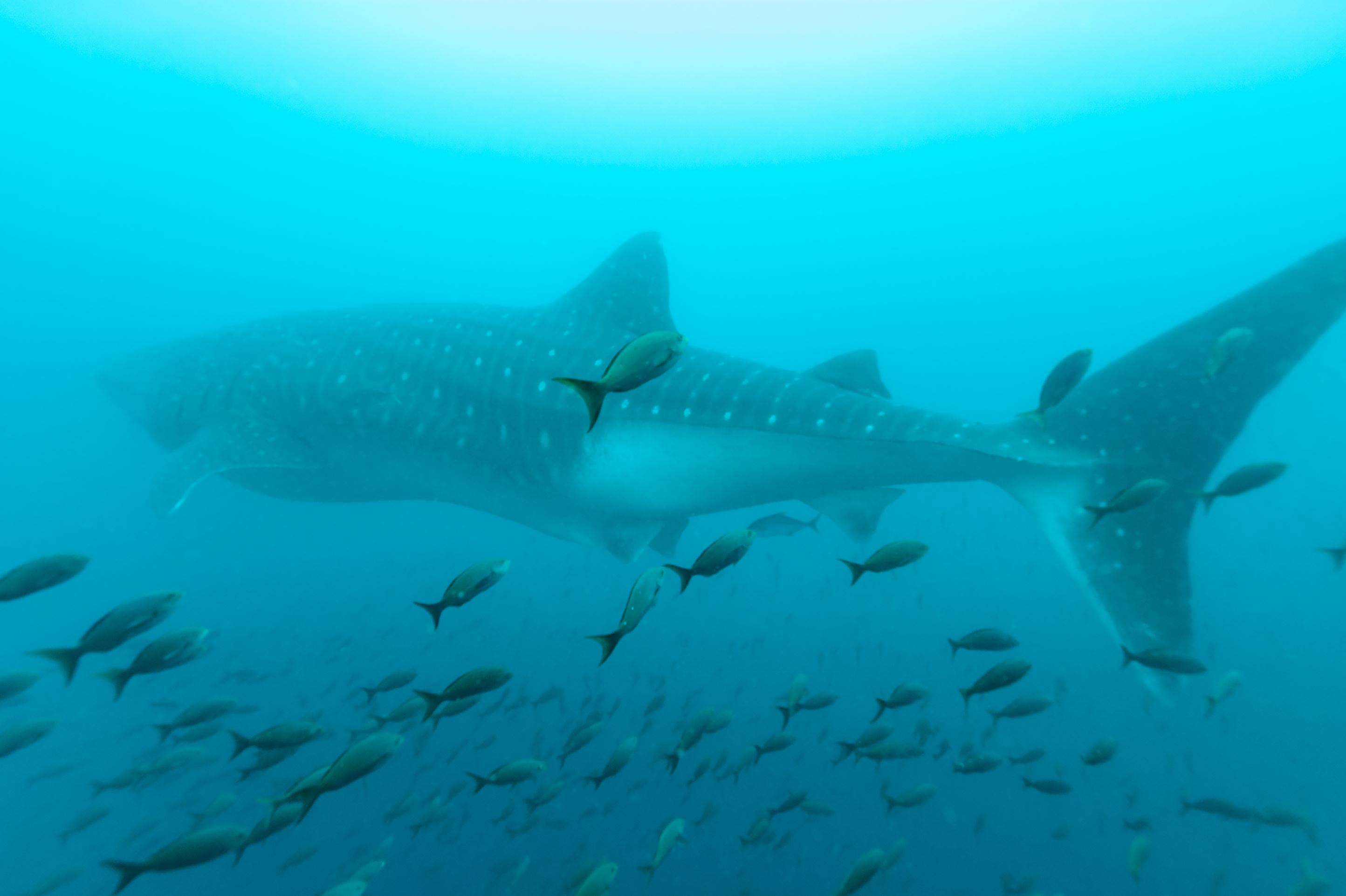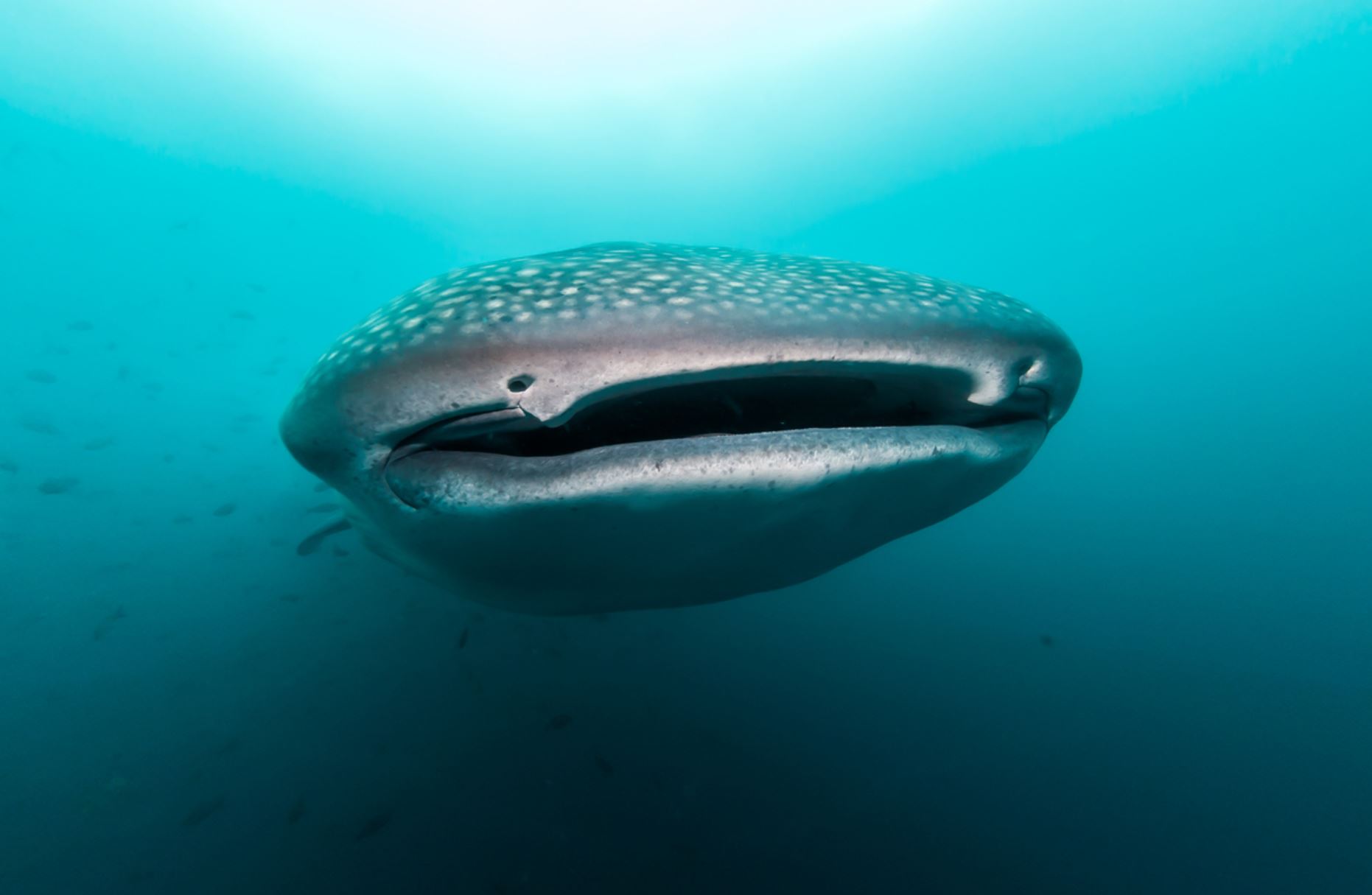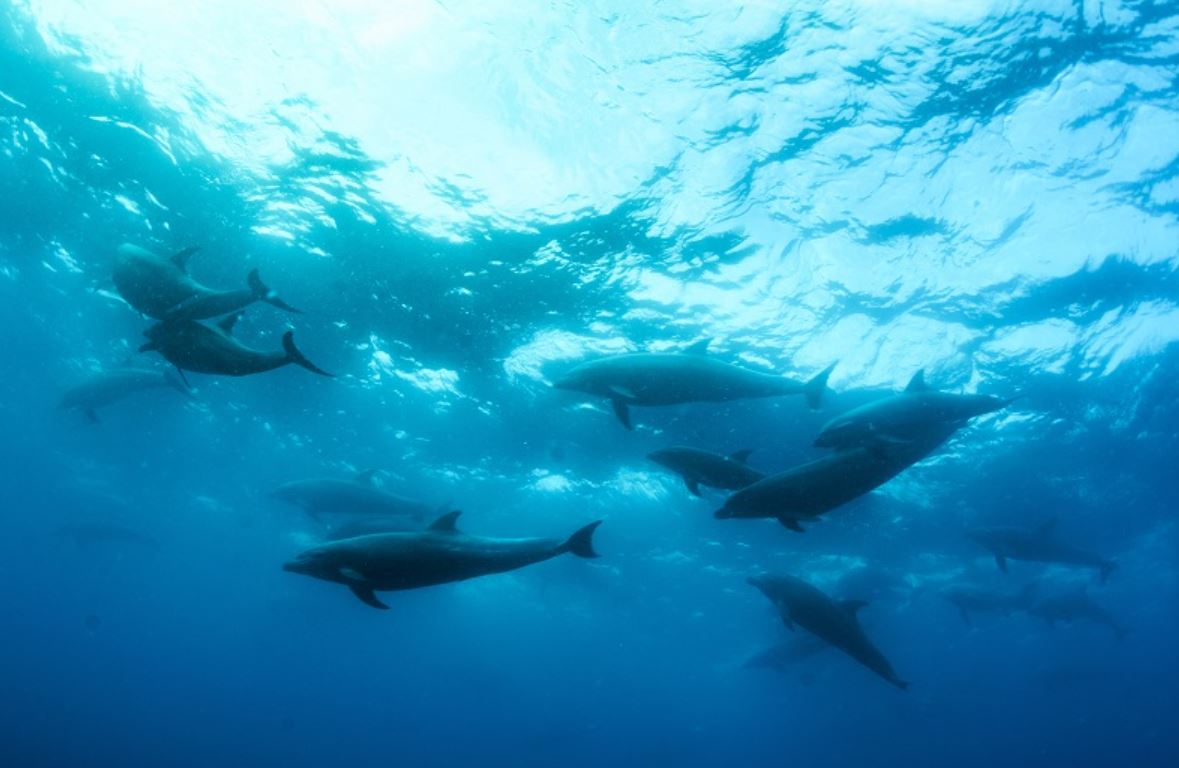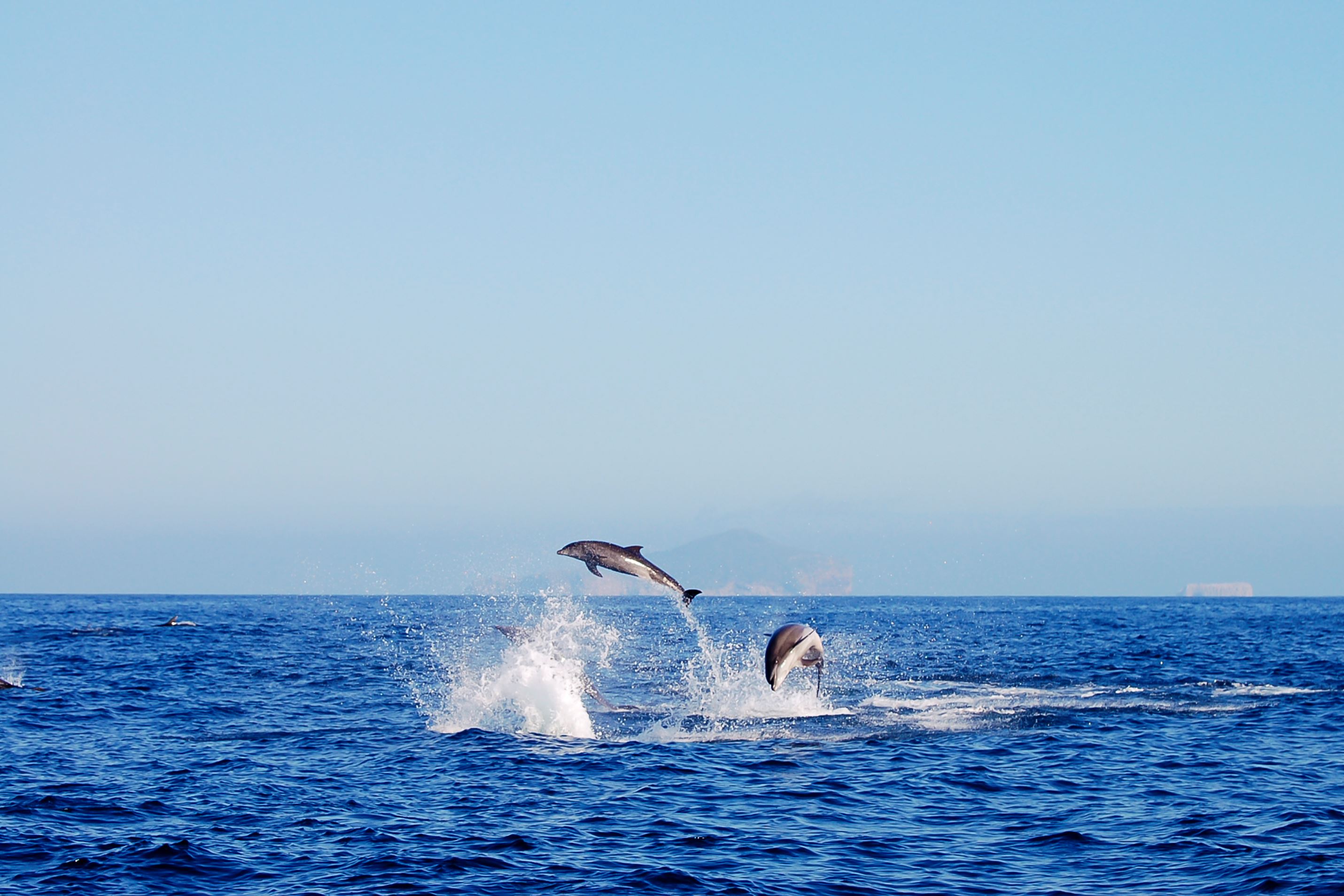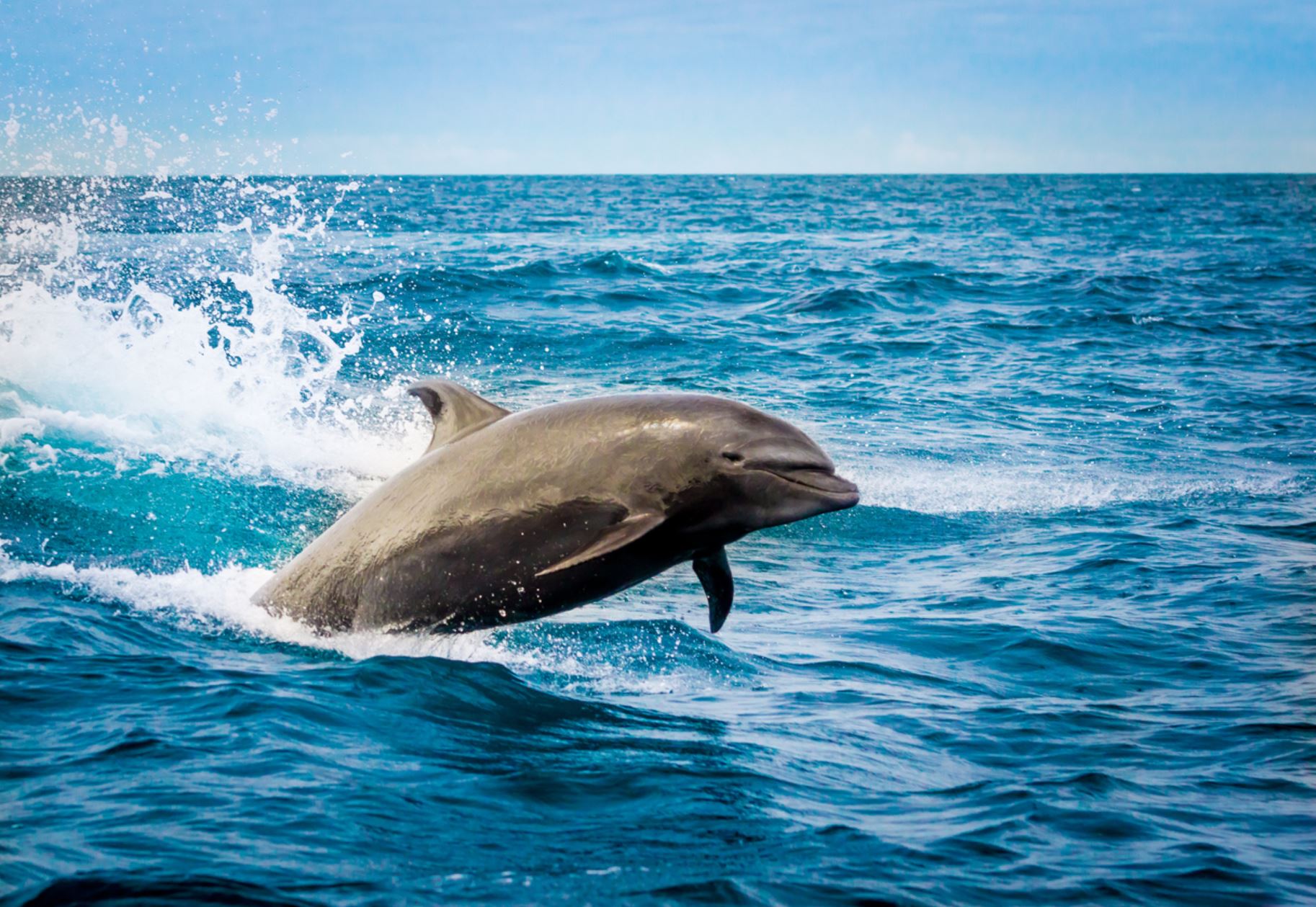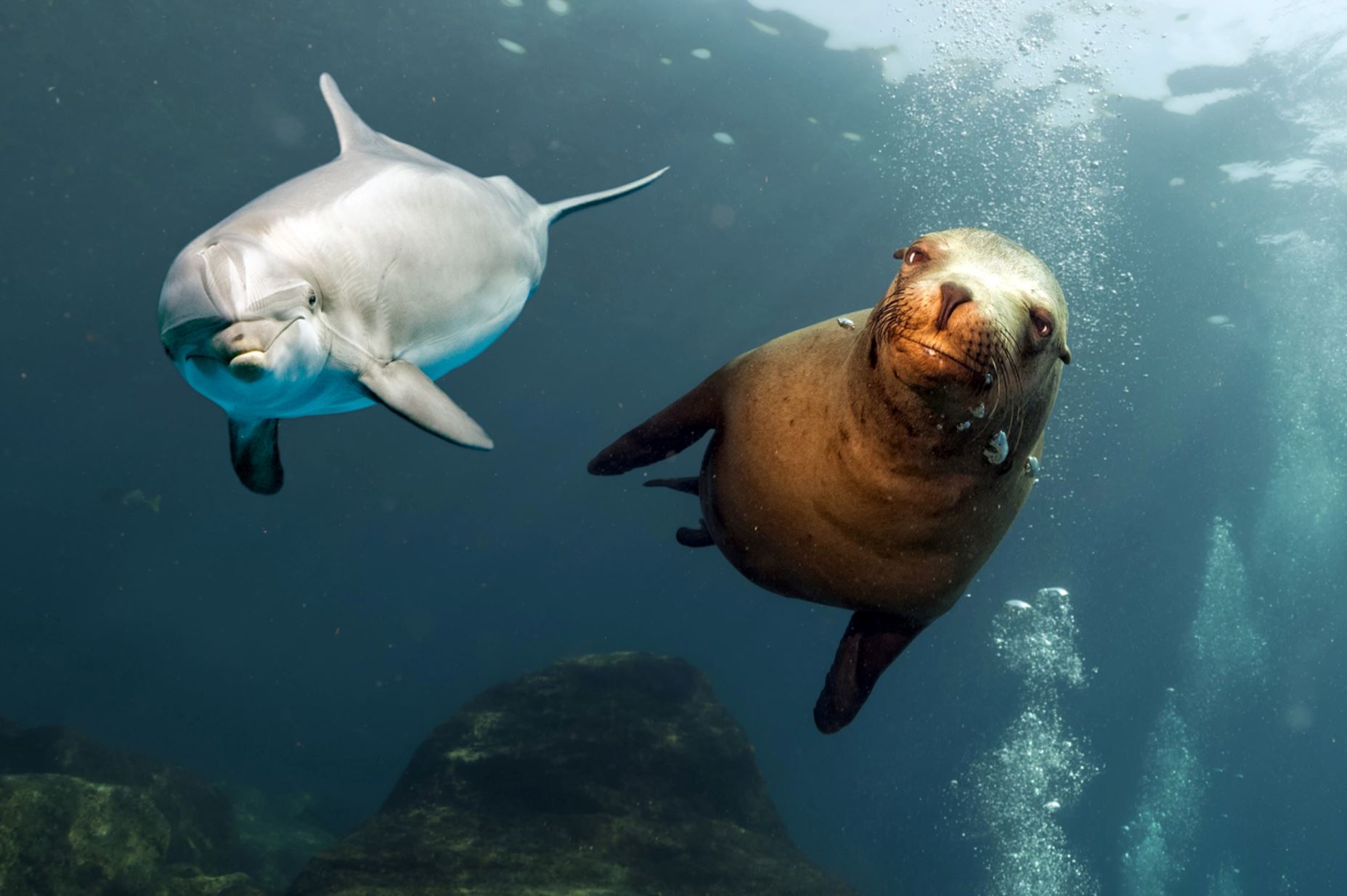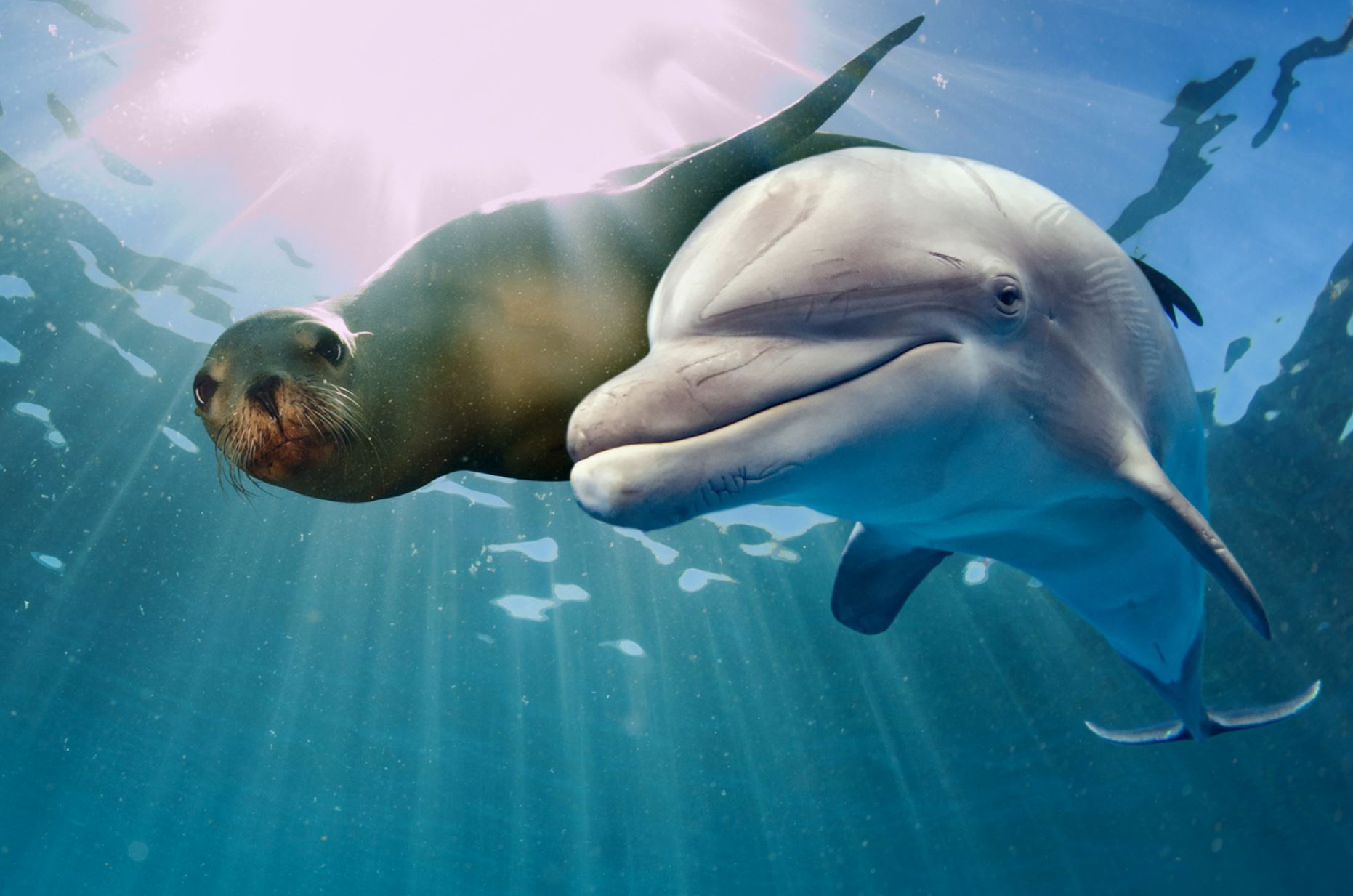Marchena
Animals/Wildlife



Landscape/Views



Snorkeling




Beaches

The island Marchena was named after a Spanish monk, Fray Antonio Marchena. It has an area of 130 square kilometres (50 square miles) and a maximum altitude of 343 metres (1.125 feet). Galapagos hawks and sea lions inhabit this island and it is home to the Marchena Lava LIzard, an endemic species.
There are no visitor sites on this island, although it is possible to dive in the waters around Marchena. Most visitors only see it if they sail around the northern part of Isabela on the way to Genovesa Island, its nearest neighbour about 45 miles due west.
Like many of the Galapagos volcanos, Marchena has a caldera (a caldera is a volcanic feature formed by the collapse of land following a volcanic eruption. They are often confused with volcanic craters. The word ‘caldera’ comes from the Spanish language, meaning ‘cauldron’). Marchena’s caldera is roughly elliptical and measures 7 kilometres by 6 kilometres, within the range of caldera sizes of the large western volcanoes.
Marchena’s caldera is unusual, however, in that it has been almost completely filled with young lavas, some of which has spilled over and down the sides. The oldest lavas are 500,000 years old.
Another reason why Isla Marchena is so famous is that, although it is uninhabited, it was embroiled in the ‘Floreana Mystery’. Here the dead bodies of Rudolf Lorenz and the captain of the ship he was on, washed up mysteriously on the shore of the island.
Marchena is rather desolate and has no fresh water and hence has never been settled, and its flora and fauna have not been disturbed by feral animals or introduced plants. Except for diving in the waters around it, it is off-limits to tourists and is therefore seldom visited. Tortoises have apparently never inhabited Marchena.
Visitor sites
Espejo Point, Punta Mejia
Pictures
Highlights / Places to Visit
Espejo Point
Punta Espejo is reserved for snorkeling and diving only and it is safe to say that it is one of the best spots in the Galapagos island for these activities. Punta Espejo is known for having dolphins and hammerhead sharks, as well as the vast quantities of coral heads, allowing for a much higher concentration of coral than the rest of the archipelago.
Punta Mejia
This second dive spot is located on the southwest side of Marchena. Here you will mainly find rays and sea turtles.
Animals that can be seen on the island
Galapagos Racer Snake
Racer snakes on Galapagos are constrictors and only mildly venomous. They are known to prey on lava lizards, geckos, insects, iguanas, mice, rats and hatchlings of several bird species. They are not at all aggressive towards humans and could not do much harm if they were to attack after being threatened. Racers tend to be dark brown with stripes or spots.
There is some confusion over the number of species of racer snake found in Galapagos due to poor research. The latest research suggests that there are: the Galapagos racer (Pseudalsophis biserialis) from San Cristobal and Floreana – though it is locally extinct on Floreana and now only found on nearby islets; the Espanola racer (Pseudalsophis hoodensis) from Espanola and adjacent islets; Santa Cruz racer (Pseudalsophis dorsalis) from Santa Cruz, Baltra, Santa Fe and adjacent islets; Fernandina racer (Pseudalsophis occidentalis) from Fernandina, Isabela, and Tortuga; banded racer (Pseudalsophis slevini) from Pinzon; and the striped racer (, ) from Baltra and Santa Cruz.
It is the Fernandina racer which has been observed hunting for marine fish from rock pools and the shallows around Fernandina. The British biologist Dr. Godfrey Merlen was the first scientist to ever see this behaviour happening as he noted up to 15 individual snakes slithering around the lava rock pools around Cape Douglas. This is a unique behaviour of terrestrial snake not observed anywhere else in the world. The racers on Fernandina were also the stars of BBC´s Planet Earth II where they were filmed hunting juvenile marine iguanas.
Racer snakes can be found in Galapagos on most of the major islands, though they are now locally extinct on Floreana. The snakes are found throughout the year, but unlike many other Galapagos animals they are shy of humans and will hide away making them reasonably tough to spot without looking for them specifically. They are diurnal, most active around dawn and dusk, and often rest around midday. The native snake population has been decimated by introduced species such as cats, pigs and feral goats which forage for their eggs.
- Animal Group: snakes
- Scientific Name (depending from the islands): Pseudalsophis biserialis, Pseudalsophis hoodensis, Pseudalsophis dorsalis, Pseudalsophis occidentalis, Pseudalsophis slevini, Pseudalsophis steindachneri
- Animal Average Size: 80 cm bis 1,20 m
- Animal Average Weight: 8 – 10 kg
Racer males can be found in Galapagos on most of the major islands!
Mobula Rays
There are various ray species that can be spotted in Galapagos, all quite striking for different reasons. Spotted eagle rays have a black top side with luminescent-looking white dots, manta rays can have a width of up to eight metres and you might even miss the golden rays as their sandy coloured topsides are fantastic camouflage against the sea floor.
Rays are cartilaginous fish that are closely related to sharks. They have a very flat, circular body shape and a long tail. Manta rays are even named after their flat bodies as manta translates to ‘carpet’ in Spanish. They are very graceful swimmers and instead of swimming side-to-side like sharks, rays move in an undulating top-to-bottom motion. So, when they are swimming, their fins look like wings during flight. Their flattened bodies also allow rays to hide against the sea floor. For example, stingrays can wait underneath a thin layer of sand whilst waiting for their prey to arrive.
Fish reproduction varies a lot. Rays lay eggs but carry them within their bodies for roughly a year. Once the eggs hatch, rays expel them from their body. This process is known as ovoviviparous.
Animal Group: Marine life
Scientific Name: Myliobatiformes species
Animal Average Size: 1 - 8 m
Animal Average Weight: up to 1300 kg
Places where you may see Mobula Rays in Galapagos: Isabela, Santiago, Marchena, Mosquera, Floreana
Sunfish
There are two Mola species that are thought to be found in Galapagos: Mola mola, the ocean sunfish and Mola ramsayi, the southern sunfish. They look very similar and the southern sunfish was only confirmed to visit the Islands through genetic analysis in 2011. They are found throughout the globe, in tropical, sub-tropical and temperature waters as they prefer temperatures at least 10oC – anything colder may cause disorientation. This is probably why they are usually observed basking in the sun, close to the surface, which is where they gained their English name. Their Latin name, Mola, means millstone taken from their rounded body and grey colour.
Sunfish are odd looking fish. They have no real tail and propel themselves along using two towring fins, one above and one below. They have thick, tough and rough skin which is almost like sandpaper. Despite their size, they mainly feed on jellyfish, squid, crustaceans and small fish and must consume huge amounts of these to maintain their size. Their teeth are fused in a beak-like structure which allows them to crush the shells of crustaceans, and then food is further ground down by specialised teeth in their throats.
While little is known about their life histories and reproductive cycles, it is known that they produce a large clutch of eggs. This knowledge comes from a female ocean sunfish that was estimated to be carrying 300 million tiny eggs in her ovary.
- Animal Group: Marine life
- Scientific Name: Mola ramsayi
- Animal Average Size: 4 m
- Animal Average Weight: 1000 kg
Places where you may see Sunfishes in Galapagos:
Isabela, Marchena, Daphne Minor
Whale Shark
The whale shark (Rhincodon typus), is a slow filter feeding (animals that feed by straining suspended matter and food particles from water) shark that is the largest living fish species, reaching up to 18 metres in length. Whale sharks are rare throughout Galapagos and mainly found in open water. They are grey-brown in colour fading to paler undersides and have a white spotted pattern.
As a filter feeder, it has a spacious mouth which can be up to 1.5 metres (4.9 feet) wide and can contain between 300 – 350 rows of tiny teeth. It has five large pairs of gills. Two small eyes are located towards the front of the sharks wide, flat head.
The Whale sharks skin can be up to 10 centimetres (3.9 inches) thick. The shark has a pair each of dorsal fins and pectoral fins. A juvenile whale sharks tail has a larger upper fin than lower fin while the adult tail becomes semi-lunate (or crescent-shaped). The whale sharks spiracles (mall openings on the surface of some animals that usually lead to respiratory systems) are just behind the eyes.
The whale shark is not an efficient swimmer since the entire body is used for swimming, which is unusual for fish and contributes to an average speed of only around 5 kilometres per hour (3.1 miles per hour).
The whale shark is believed to have originated about 60 million years ago. The name ‘whale shark’ comes from the fishes physiology; that is, a shark as large as a whale that shares a similar filter feeder eating mode.
The whale shark inhabits the world’s tropical and warm-temperate oceans. While thought to be primarily pelagic (open sea or ocean that is not near the coast), seasonal feeding aggregations of the sharks occur at several coastal sites such as Galapagos.
The whale shark is solitary and rarely seen in groups unless feeding at locations with an abundance of food. Males range over longer distances than females (which appear to favour specific locations).
- Animal Group: Marine life
- Scientific Name: Rhincodon typus
- Animal Average Size: 10 - 12 Meter
- Animal Average Weight: 15-30 Tonnen
Places where you may see Whale Sharks in Galapagos: Wolf, Darwin, Fernandina, Isabela, Santiago, Santa Cruz, Genovesa, Marchena, San Cristobal, Floreana, Española
Dolphins
Bottlenose Dolphin
While not native to the Galapagos, the bottlenose dolphin is a frequent visitor to the islands and the most commonly seen cetacean in the Galapagos. They have short beaks and curved dorsal fins, and their backs and sides are dark gray or black, with paler skin underneath. They often travel in large pods and can sometimes be spotted playfully riding the bow waves of ships and yachts. They can appear any time our boat is moving and often put on whimsical shows that delight travelers. Their distance from the boat varies: some will frolic right alongside the vessel, others will dance near the bow, while still others will execute flips off on the horizon. If you spot them at night, the swimming dolphins cause the ocean to shimmer with bioluminescence as they churn up thousands of miniscule phosphorescent organisms that glow when disturbed. An encounter with these highly intelligent cetaceans is one of the highlights of any Galapagos adventure.
Common Dolphin
The common dolphin looks similar to the bottlenose but has a longer beak, gray flank markings, an upright dorsal fin and a dark stripe that runs from the flipper to the chin.
Striped Dolphin
This striking creature is seen less often than bottlenose or common dolphins because it rarely bow rides. It is smaller than the bottlenose and larger than the common dolphin and can be identified by its more rounded dorsal fin and distinctive color pattern consisting of bold, thin stripes.
Animal Group: Marine life
Scientific Name: Tursiops truncatus (Bottenlose Dolphin)
Animal Average Size: 13 feet
Animal Average Weight: 300 kg
Places where you may see Dolphins in Galapagos: Wolf, Darwin, Fernandina, Isabela, Santiago, Santa Cruz, Genovesa, Marchena, San Cristobal, Floreana, Española
Location
Mr. Frobeen can give you precise information about the ships.
Mr. Frobeen will be happy to advise you by phone at +49 (0)7633 9399360 or via email info@frobeen.de
If you want to book, what are the payment methods?
The reservation is gratis as an option.
If you want to make an fixed booking, there is to pay a deposit of 20%.
The remaining payment is due 4 weeks before departure. In individual cases, such as diving cruises, other rules apply. Information on request.
- Your payments are insured against bankruptcy!

